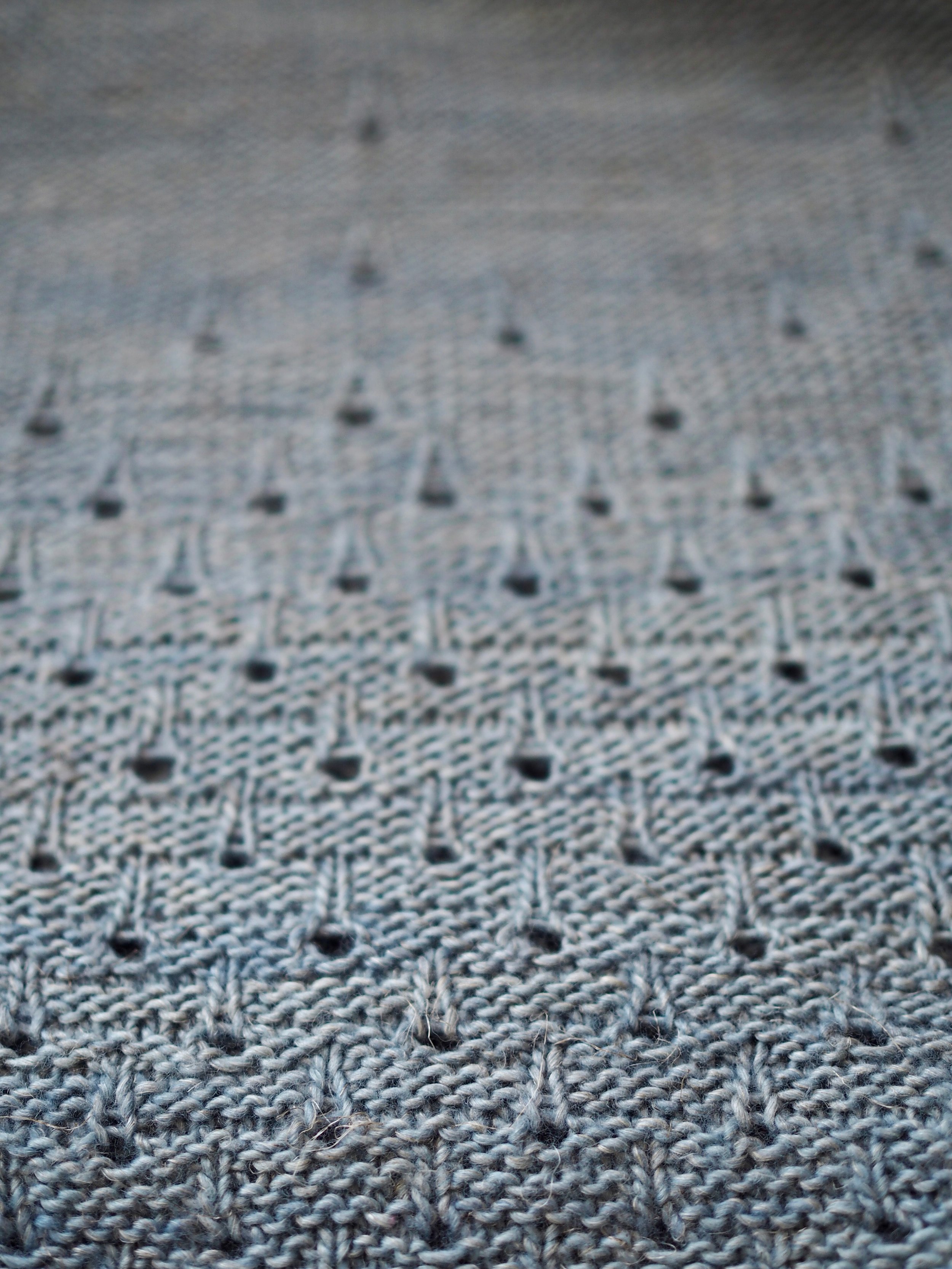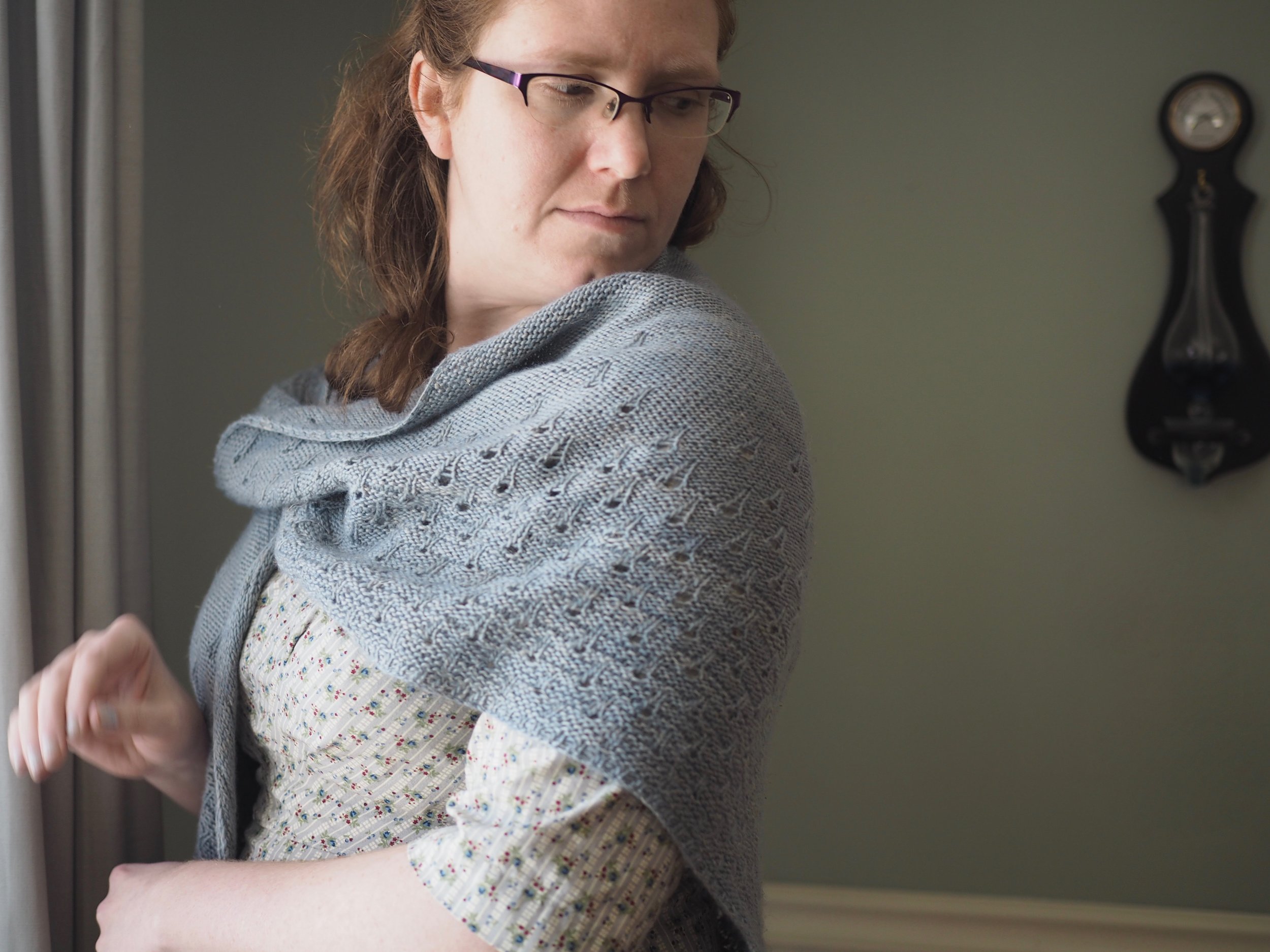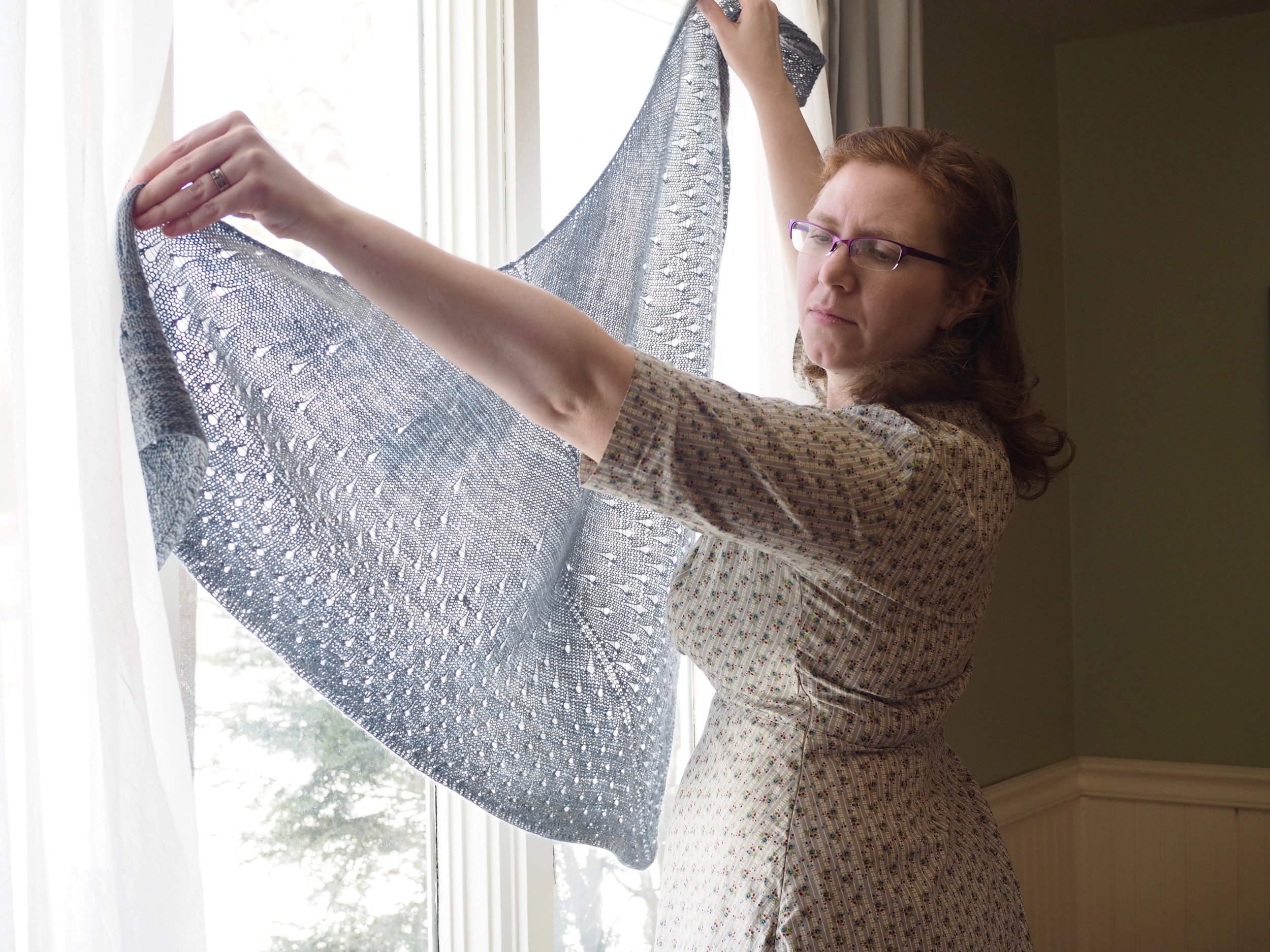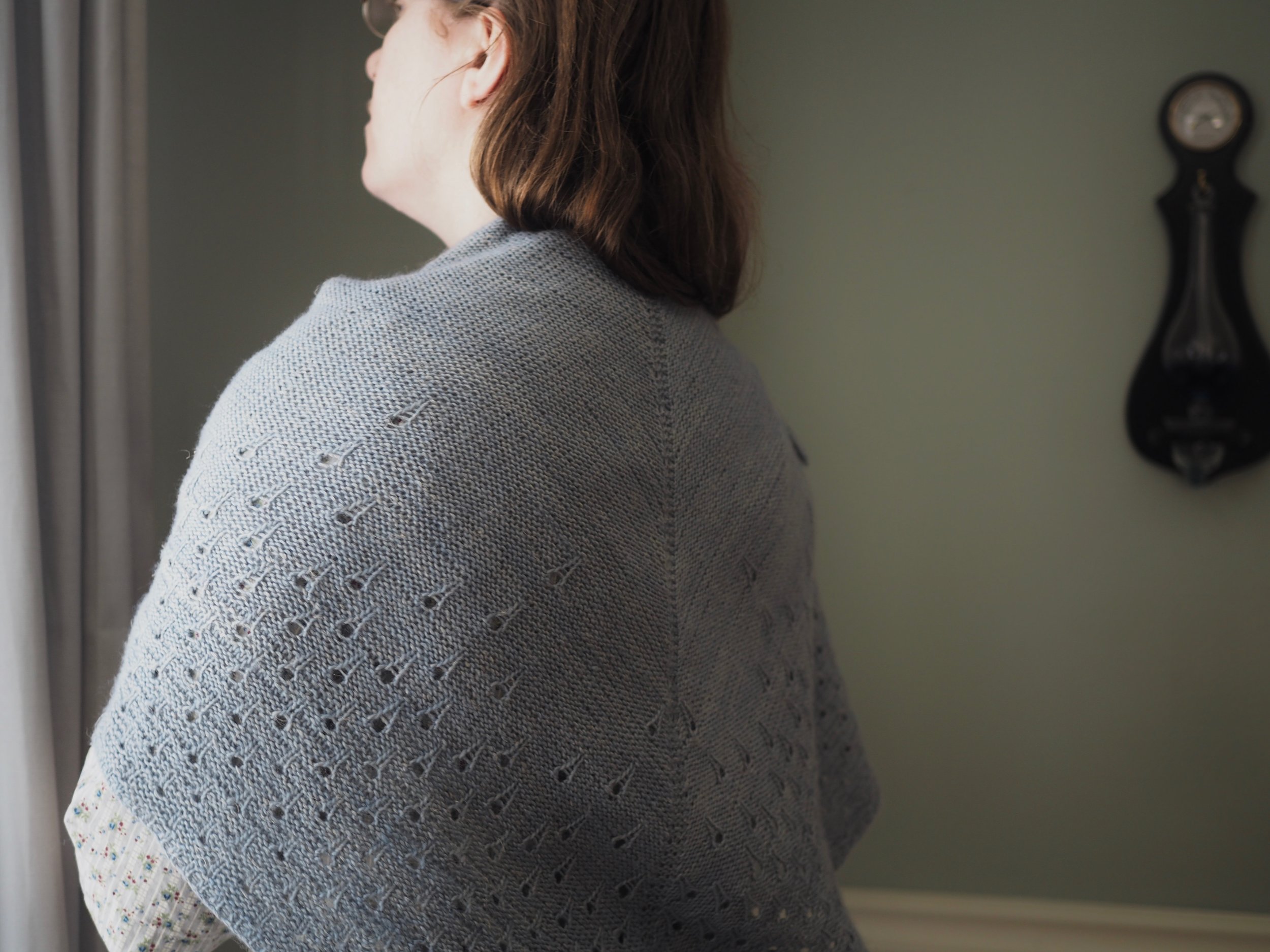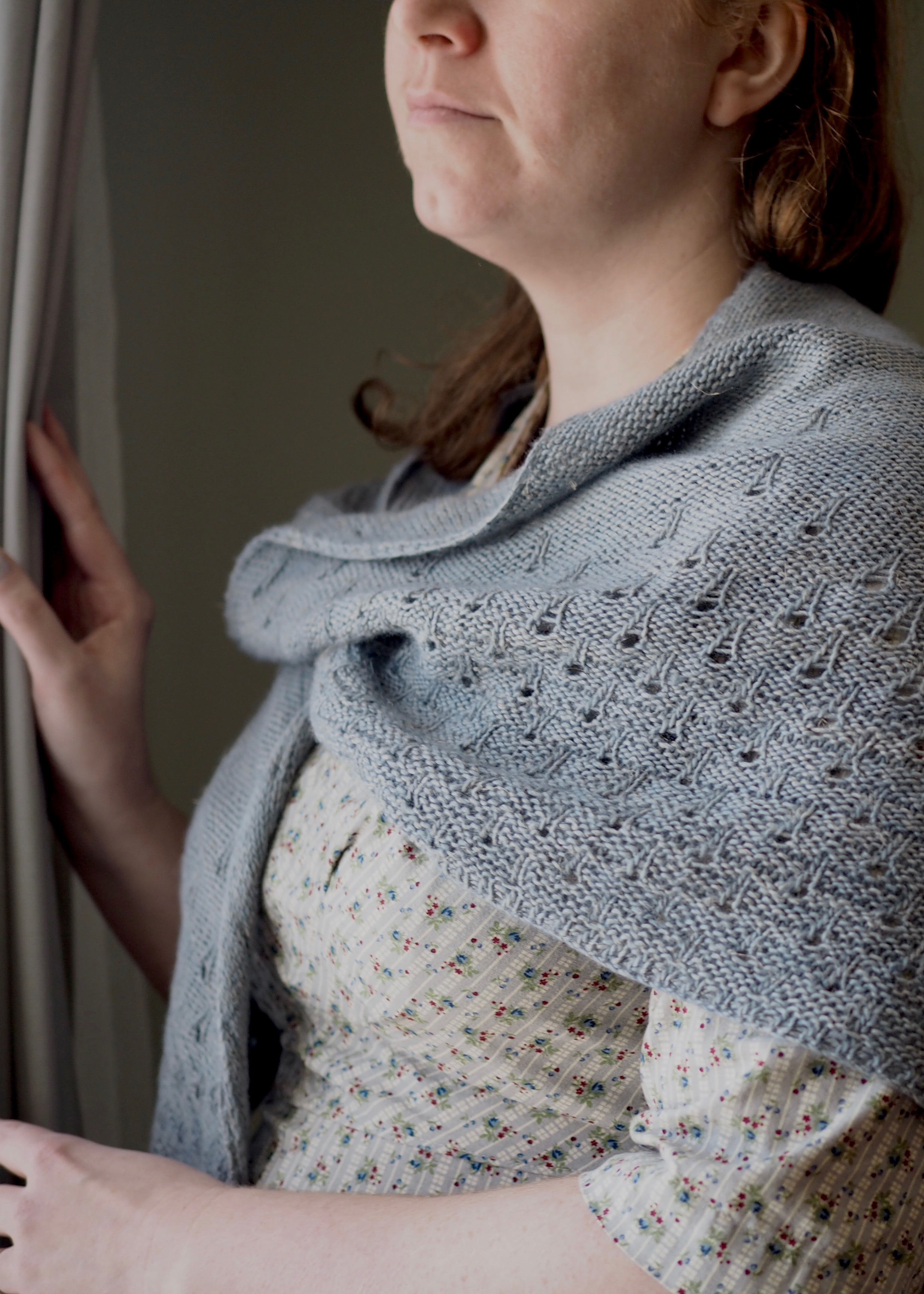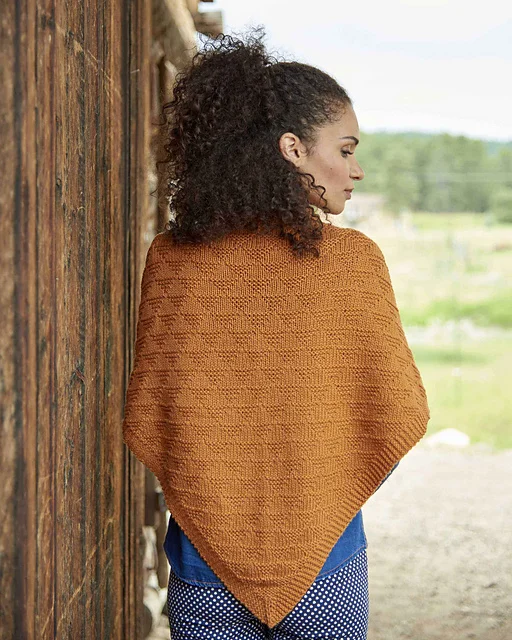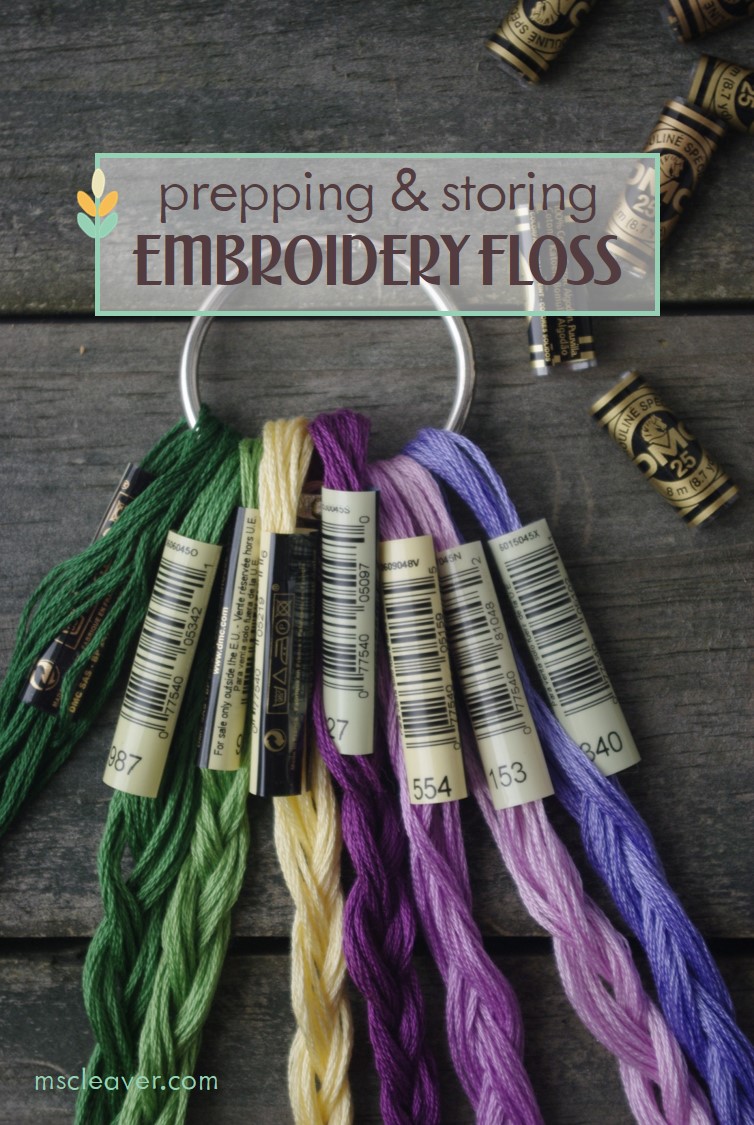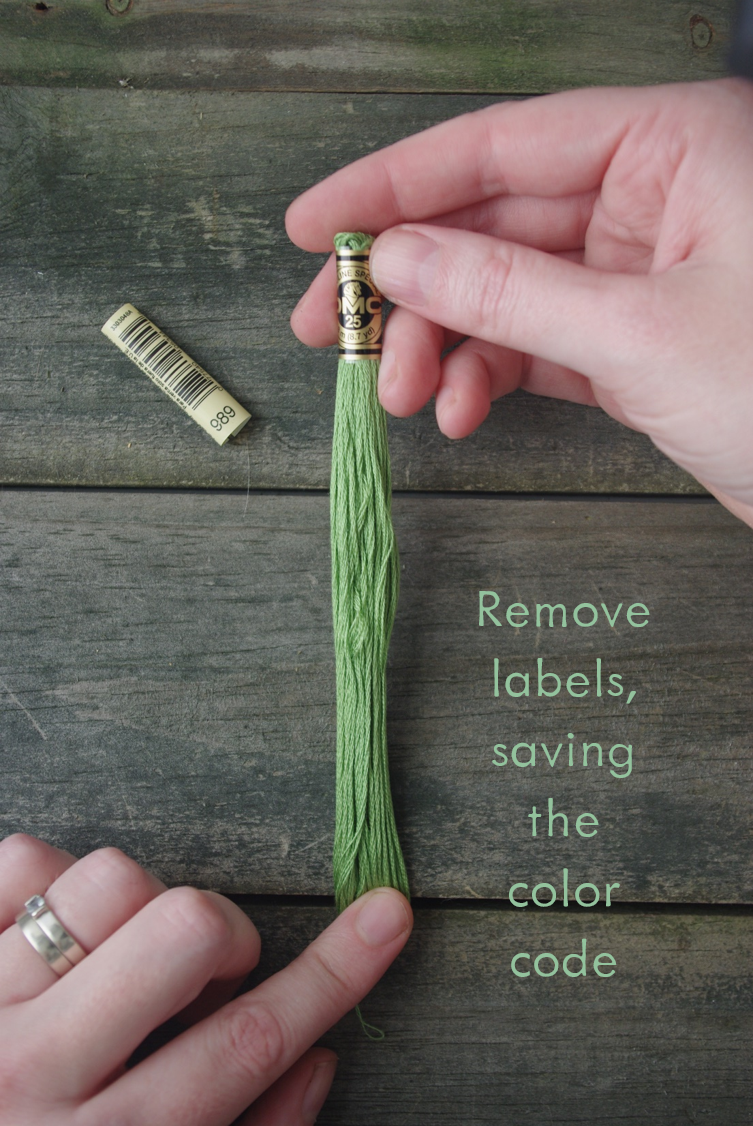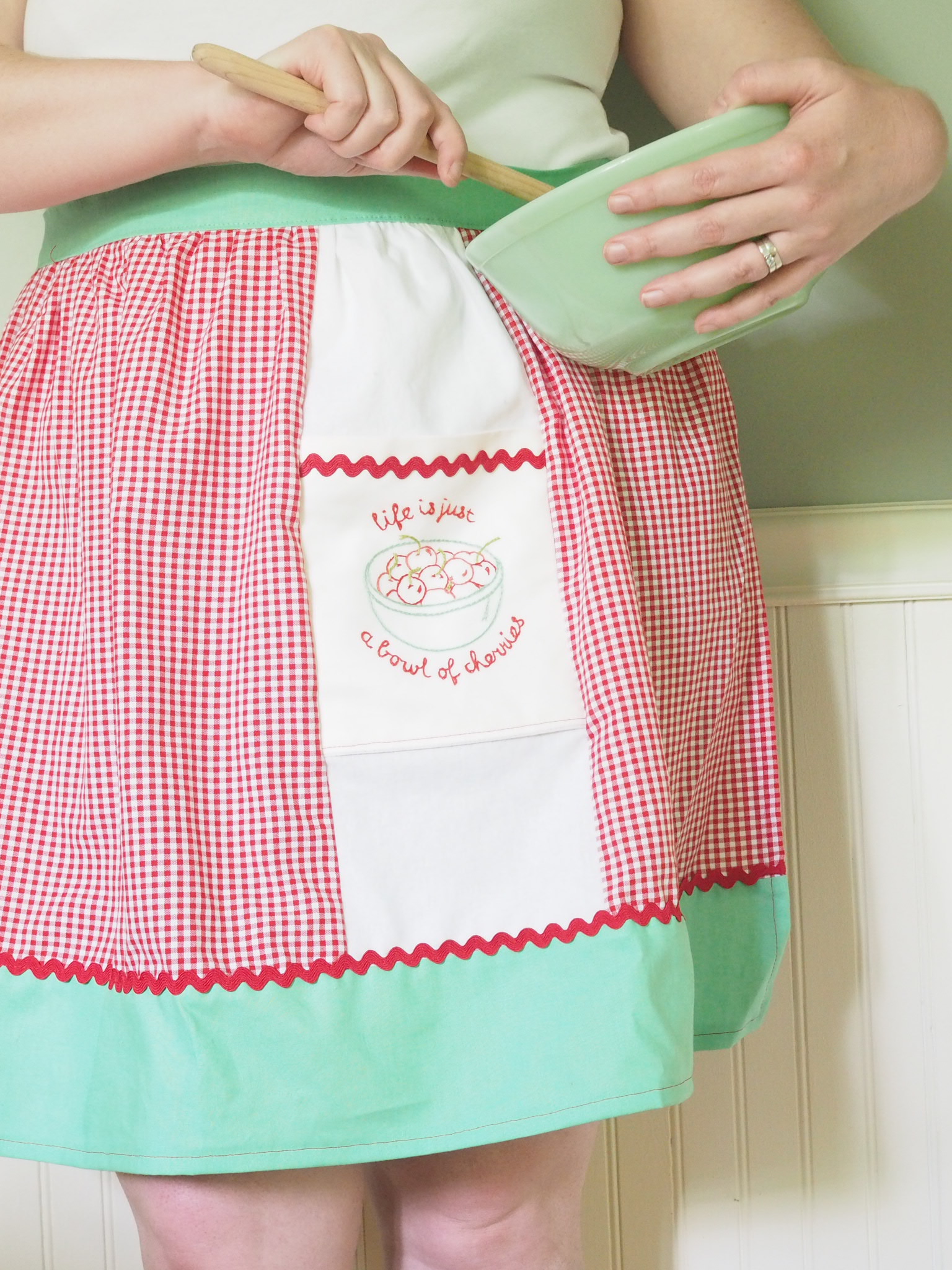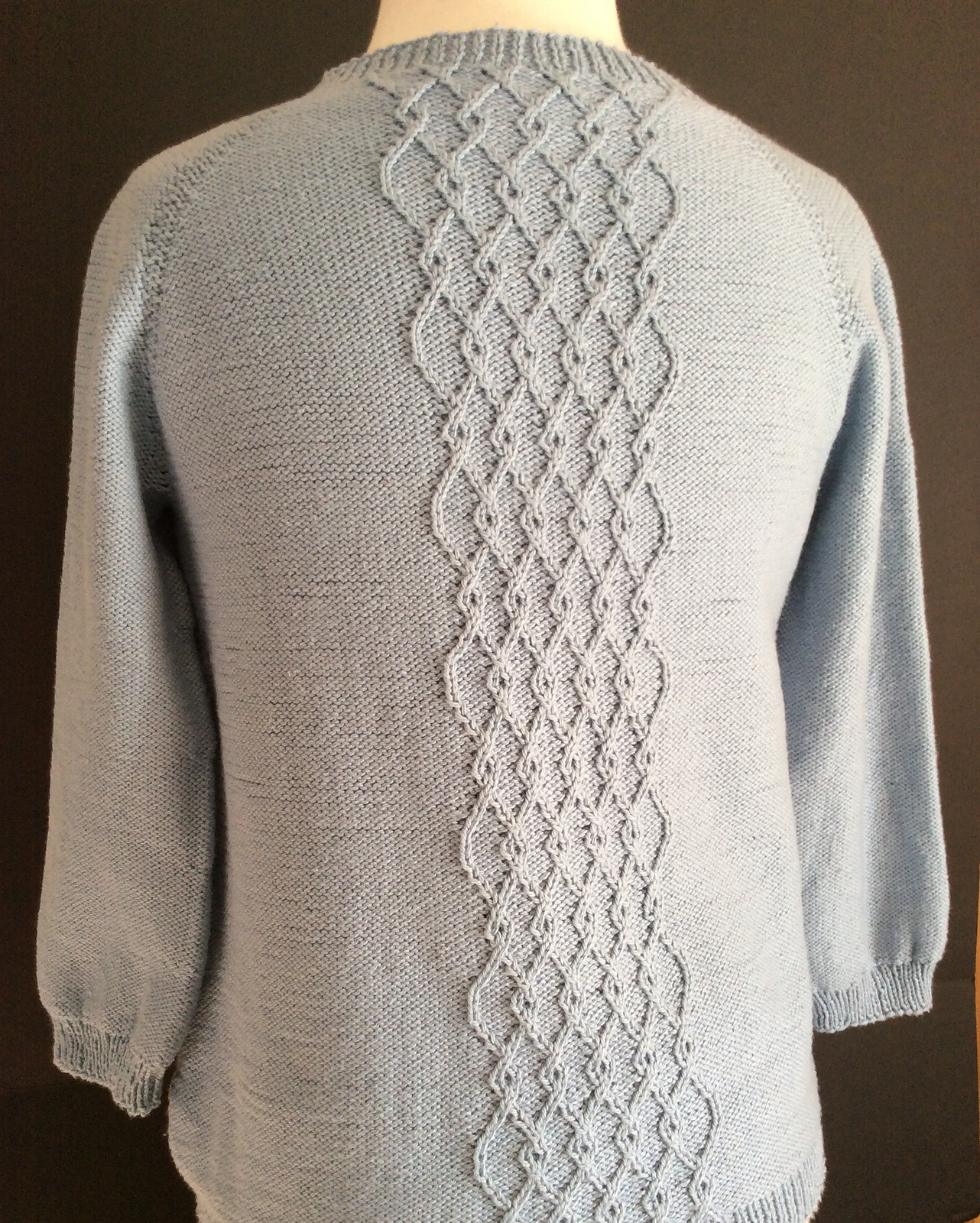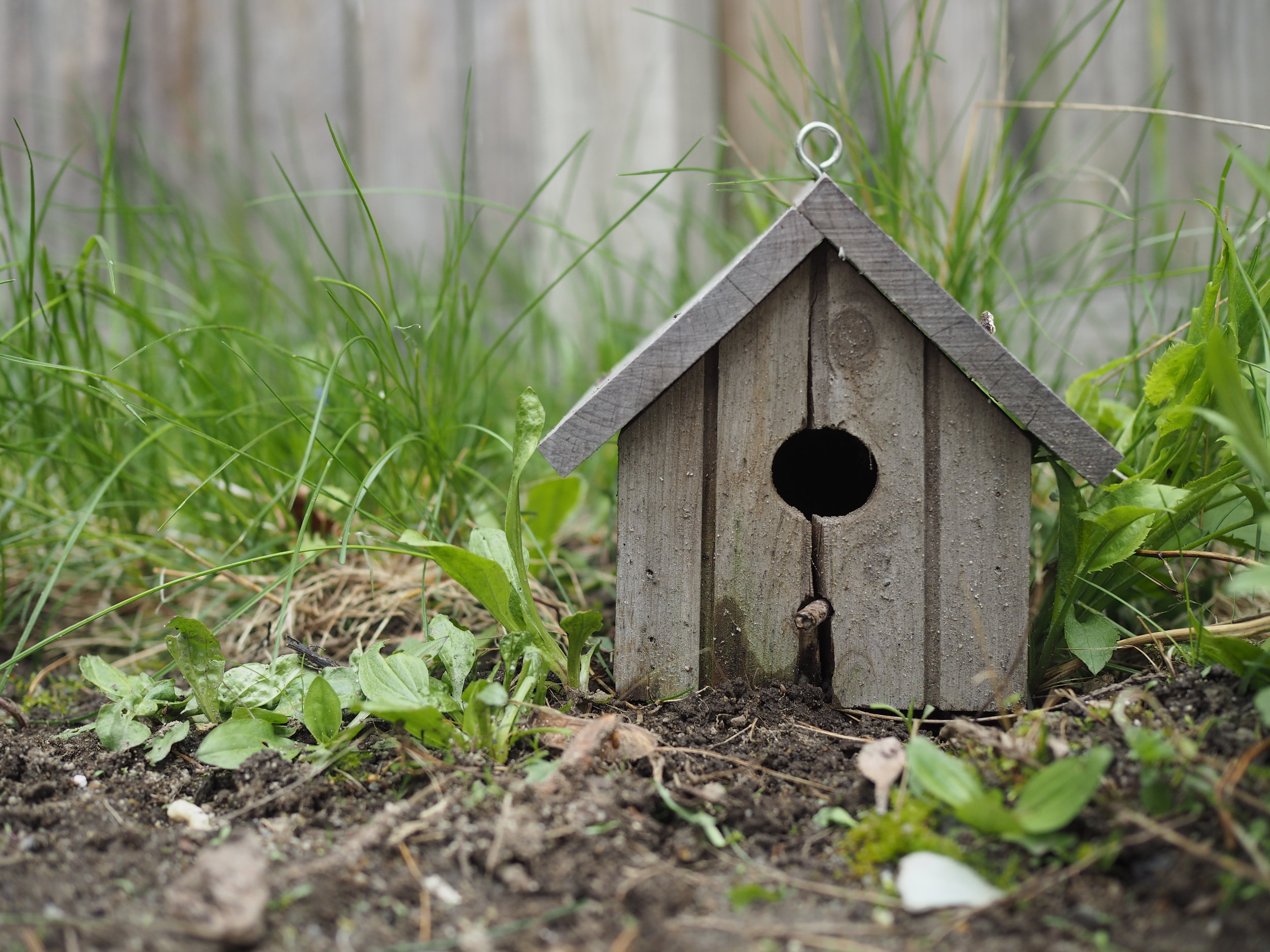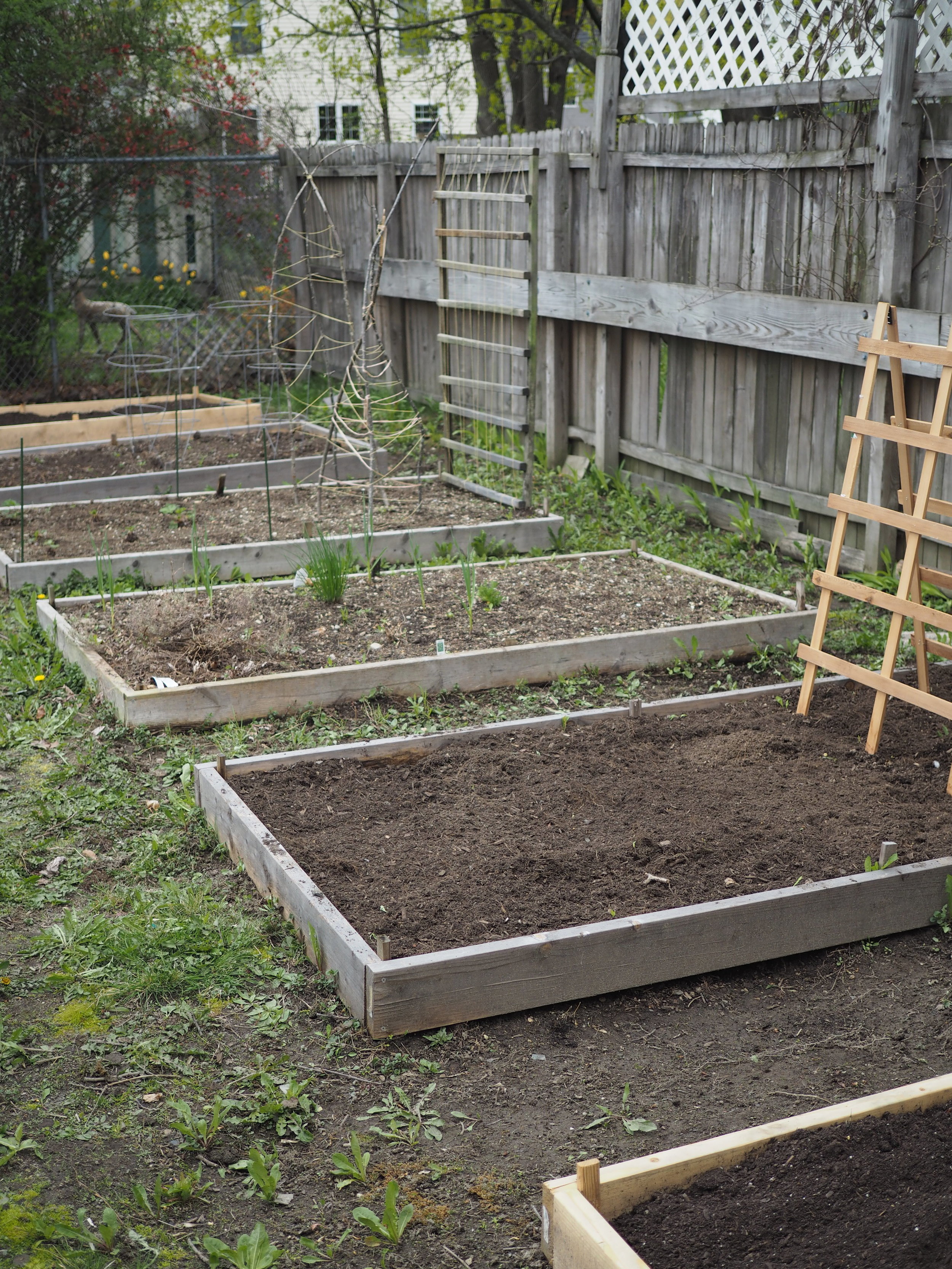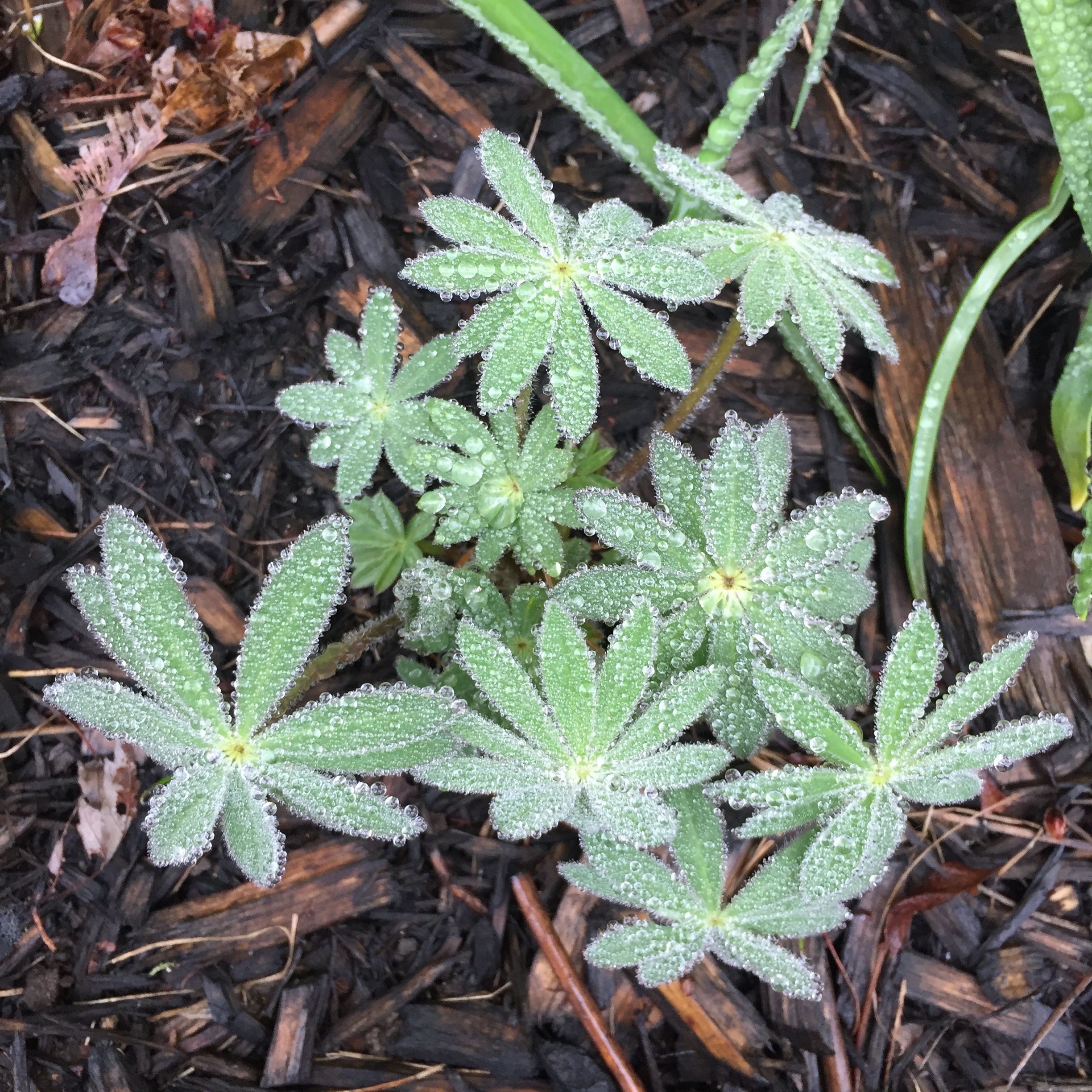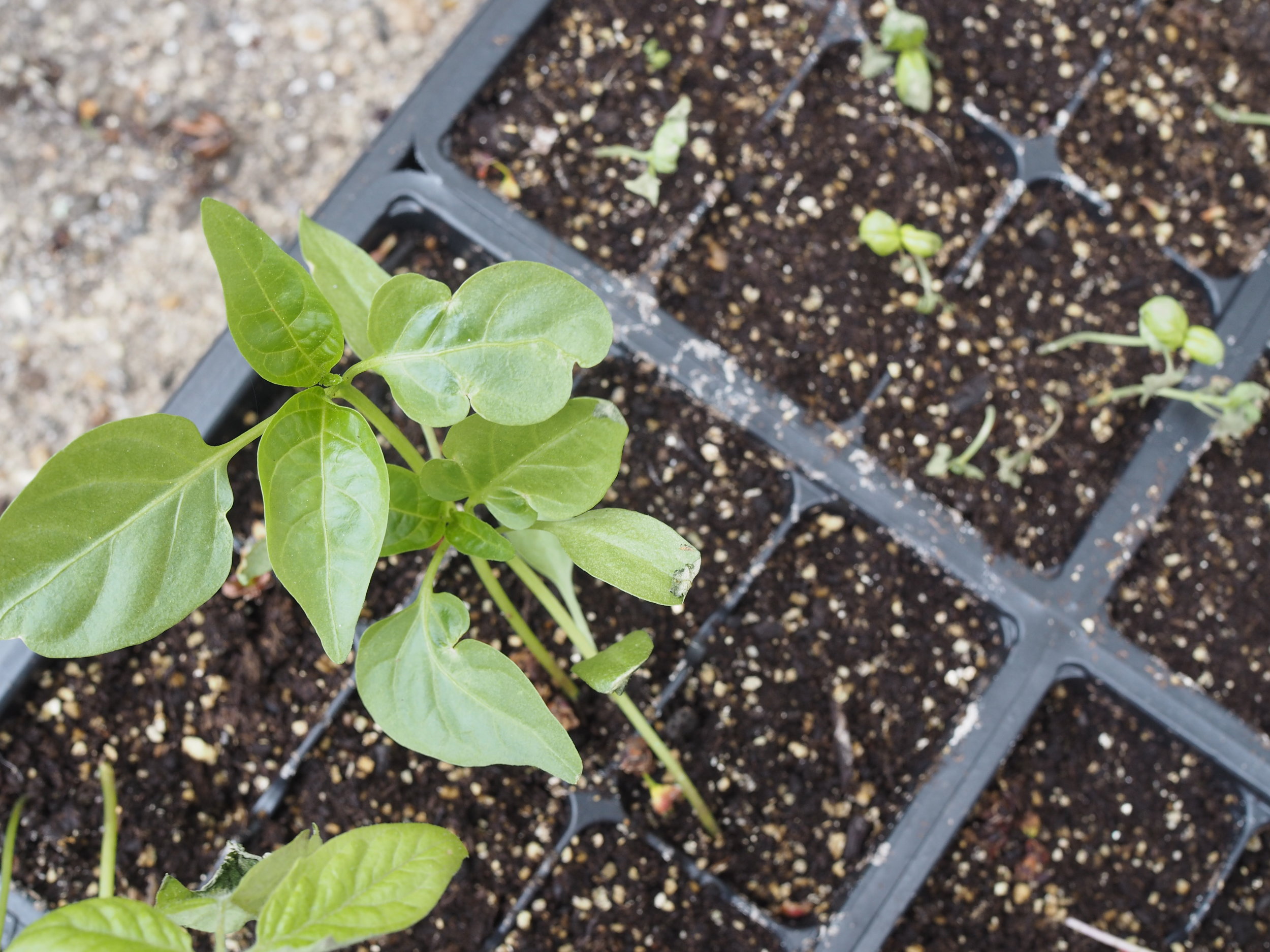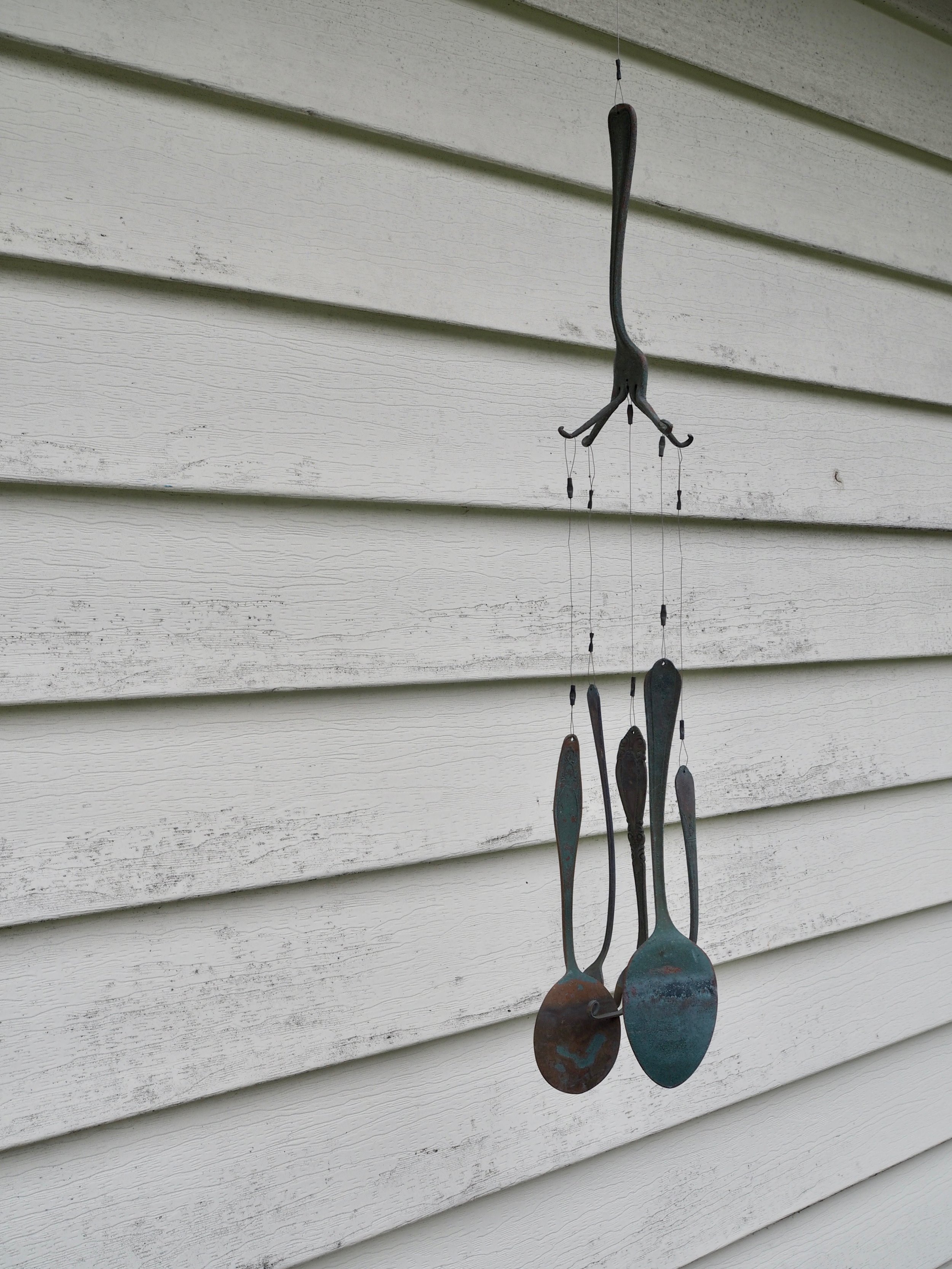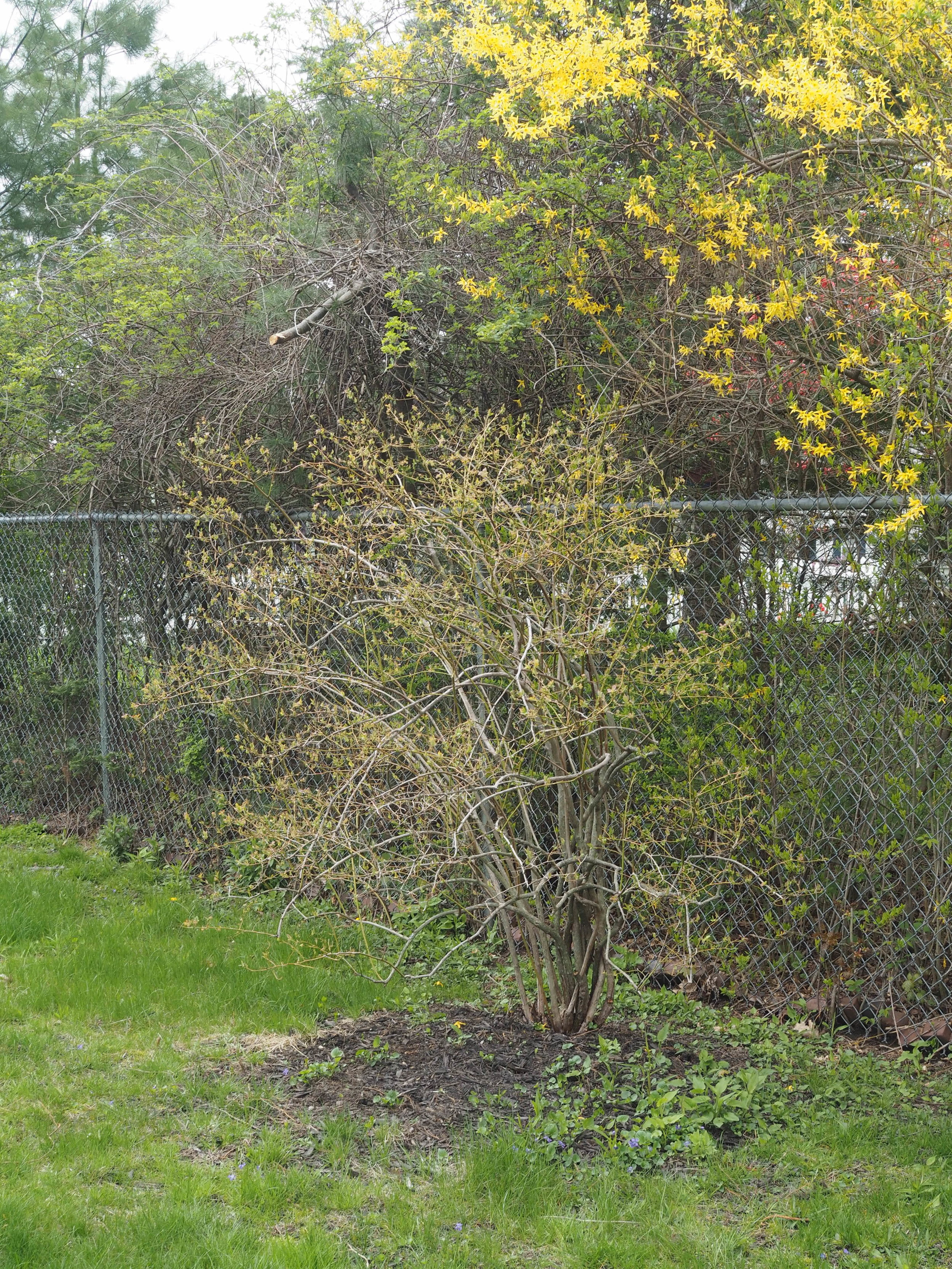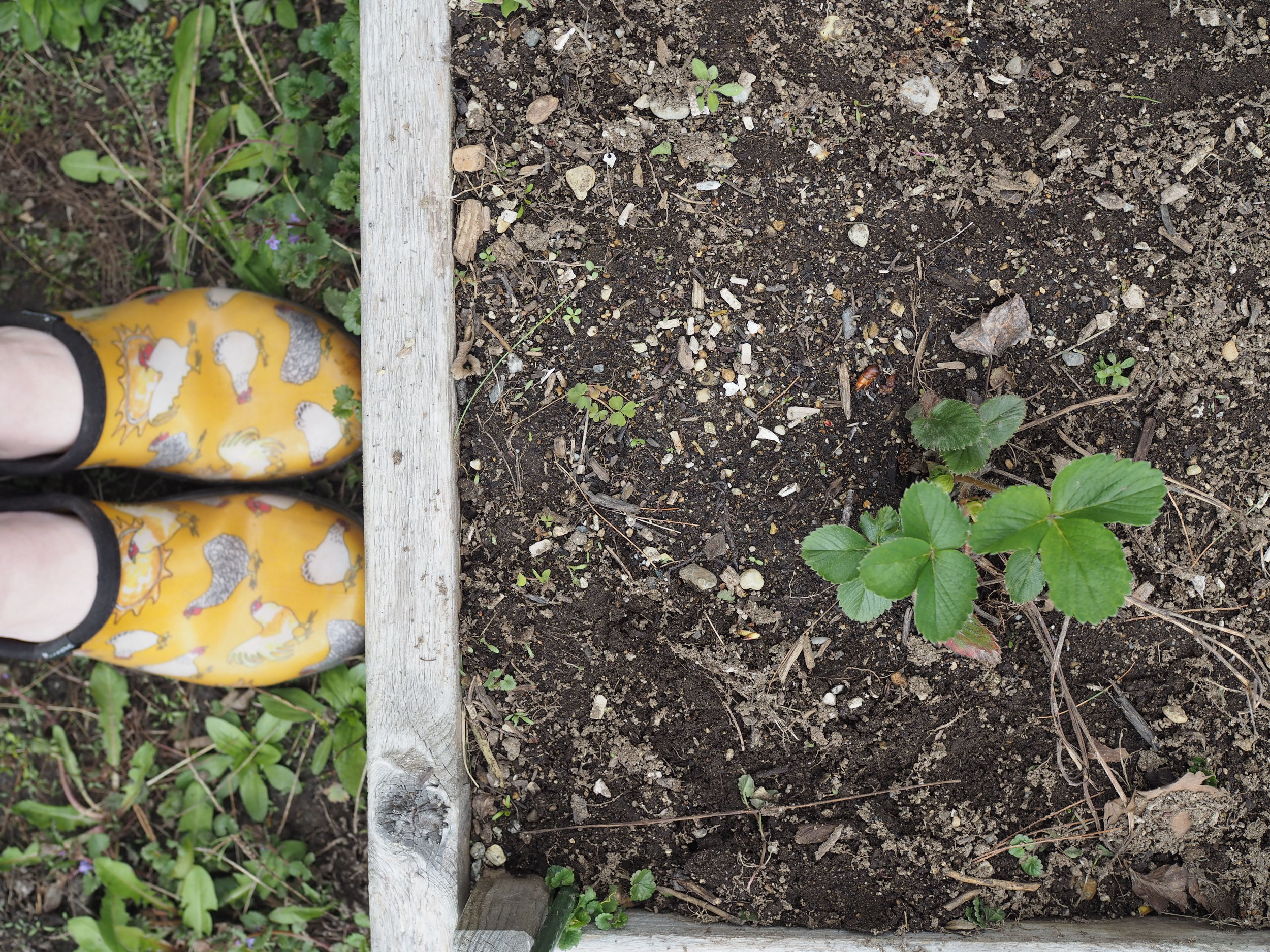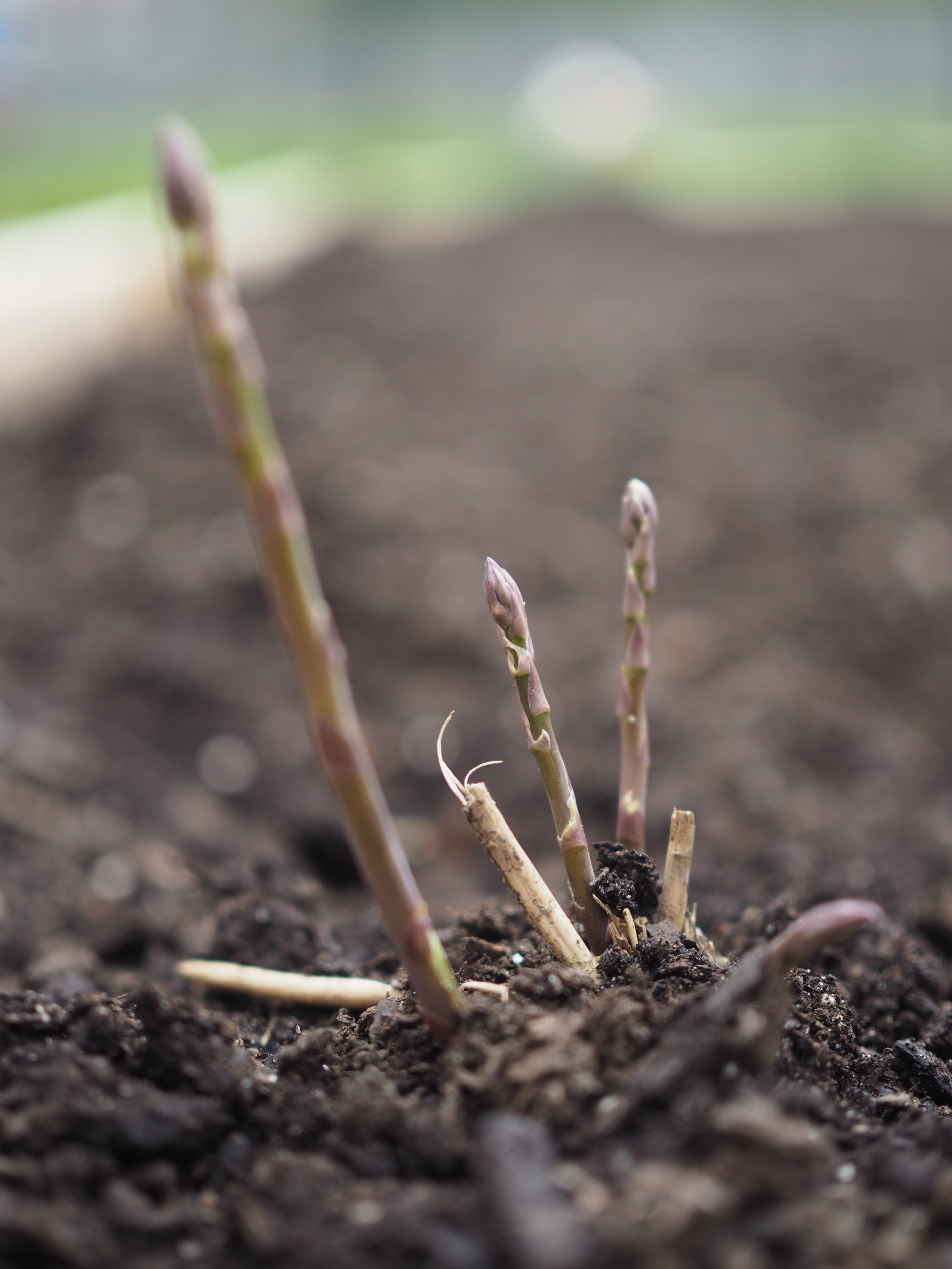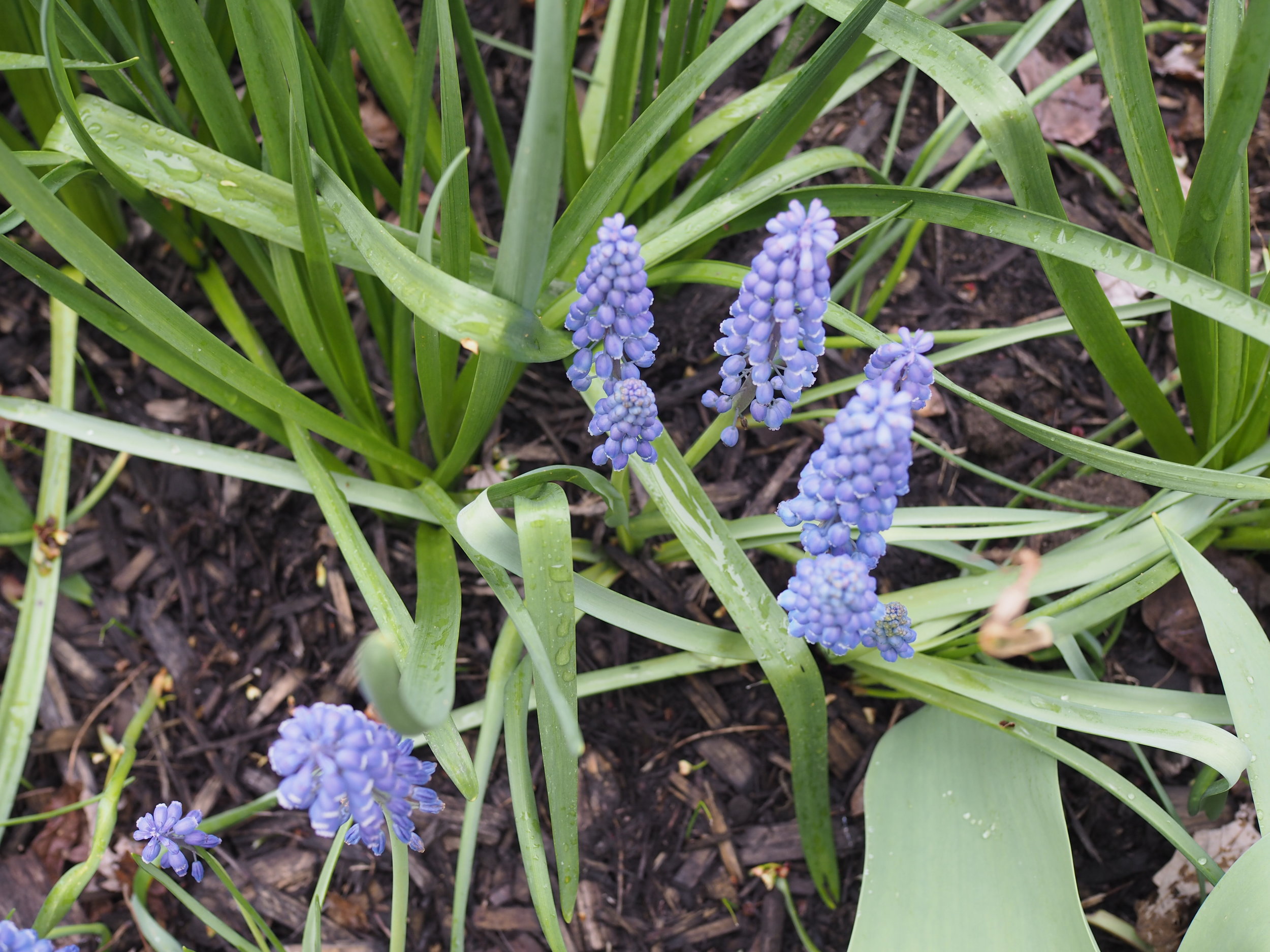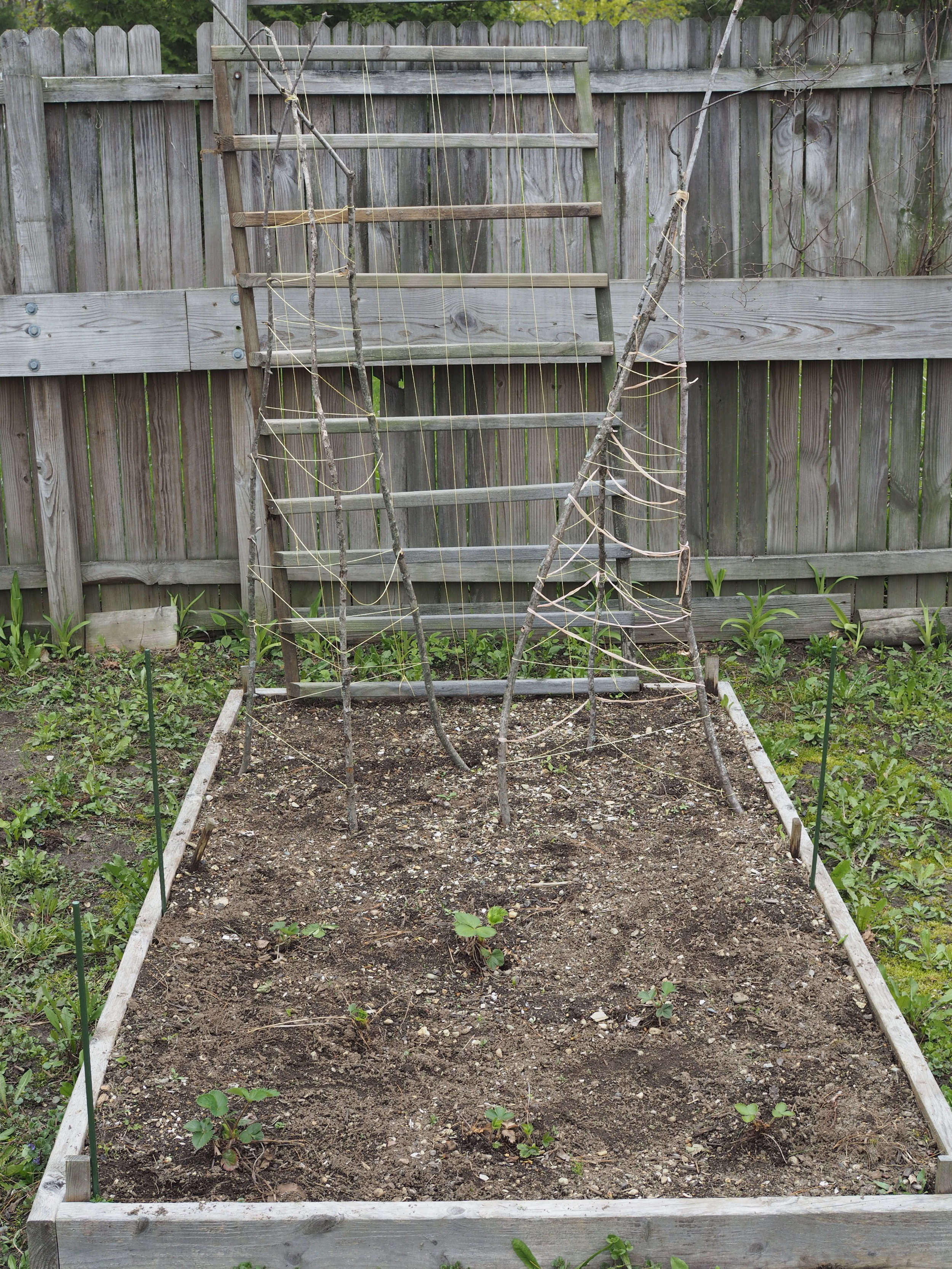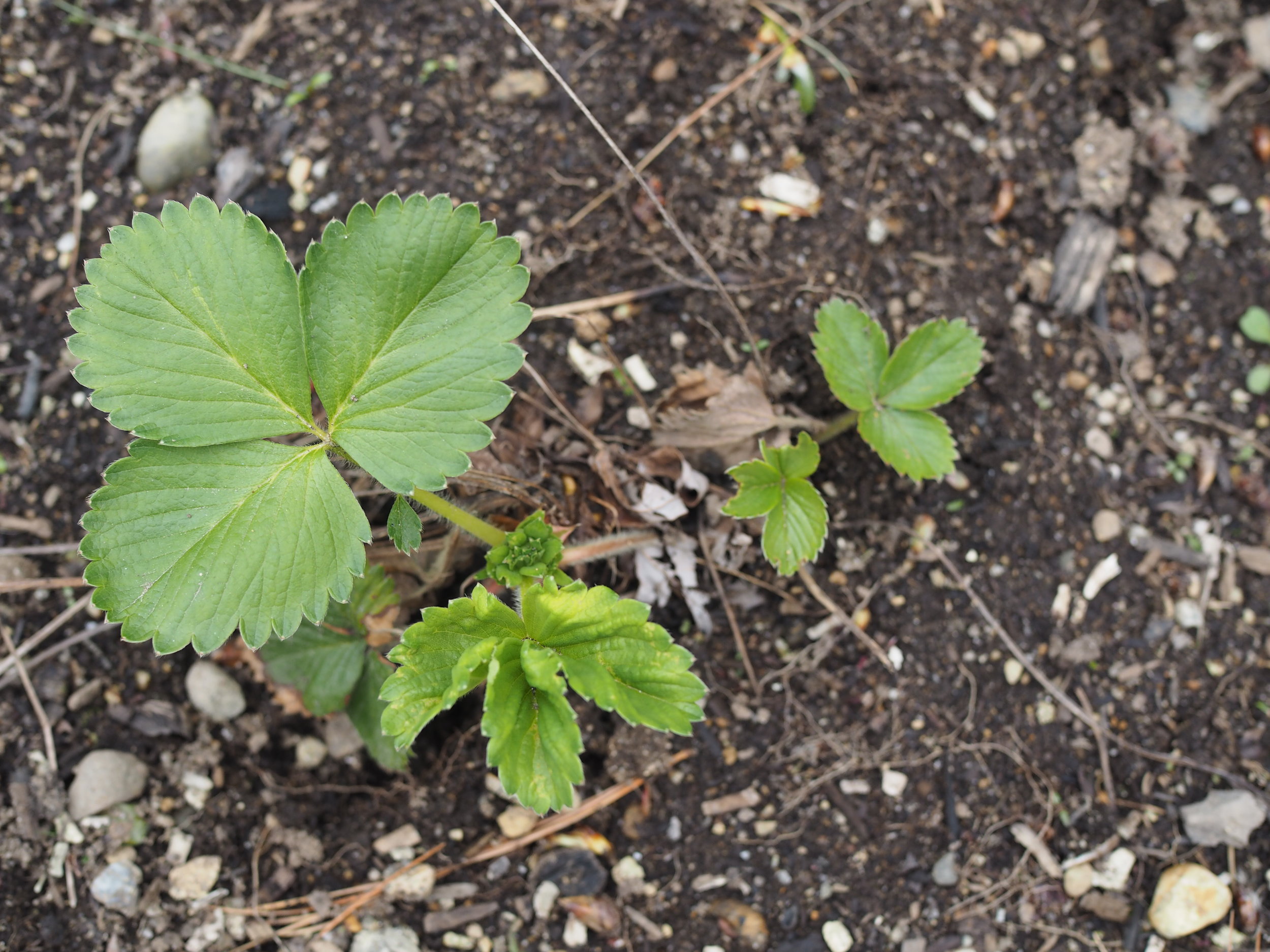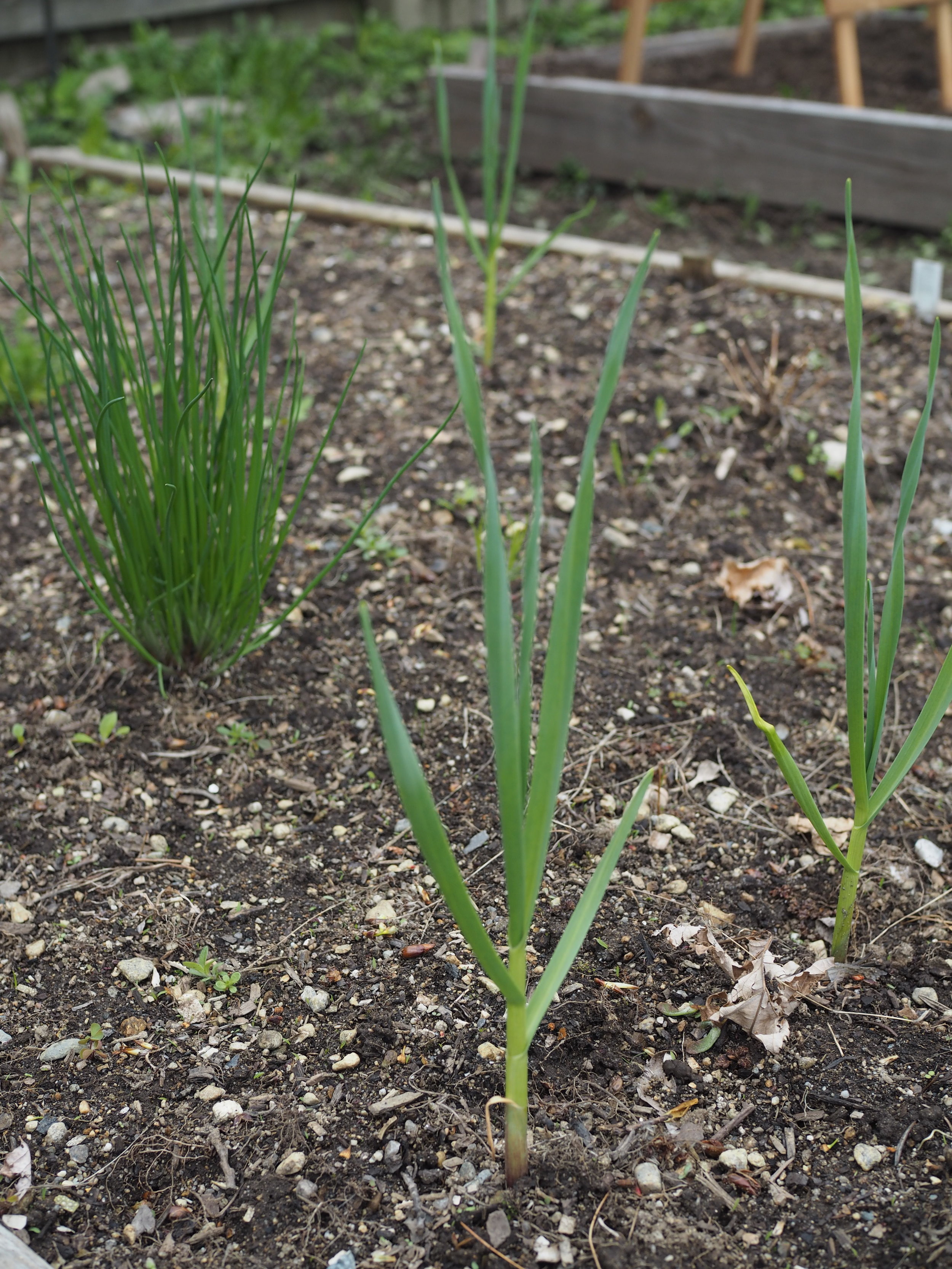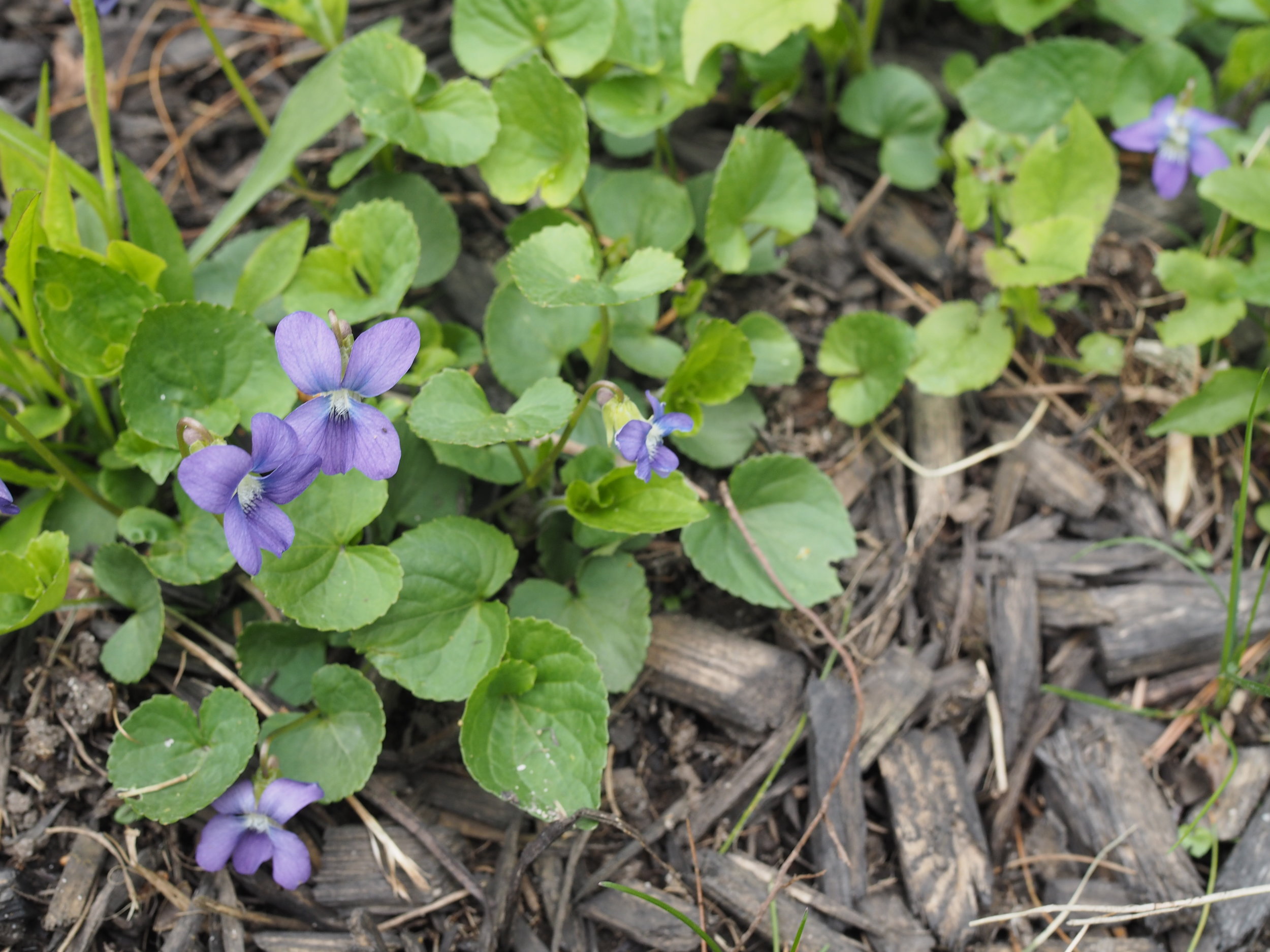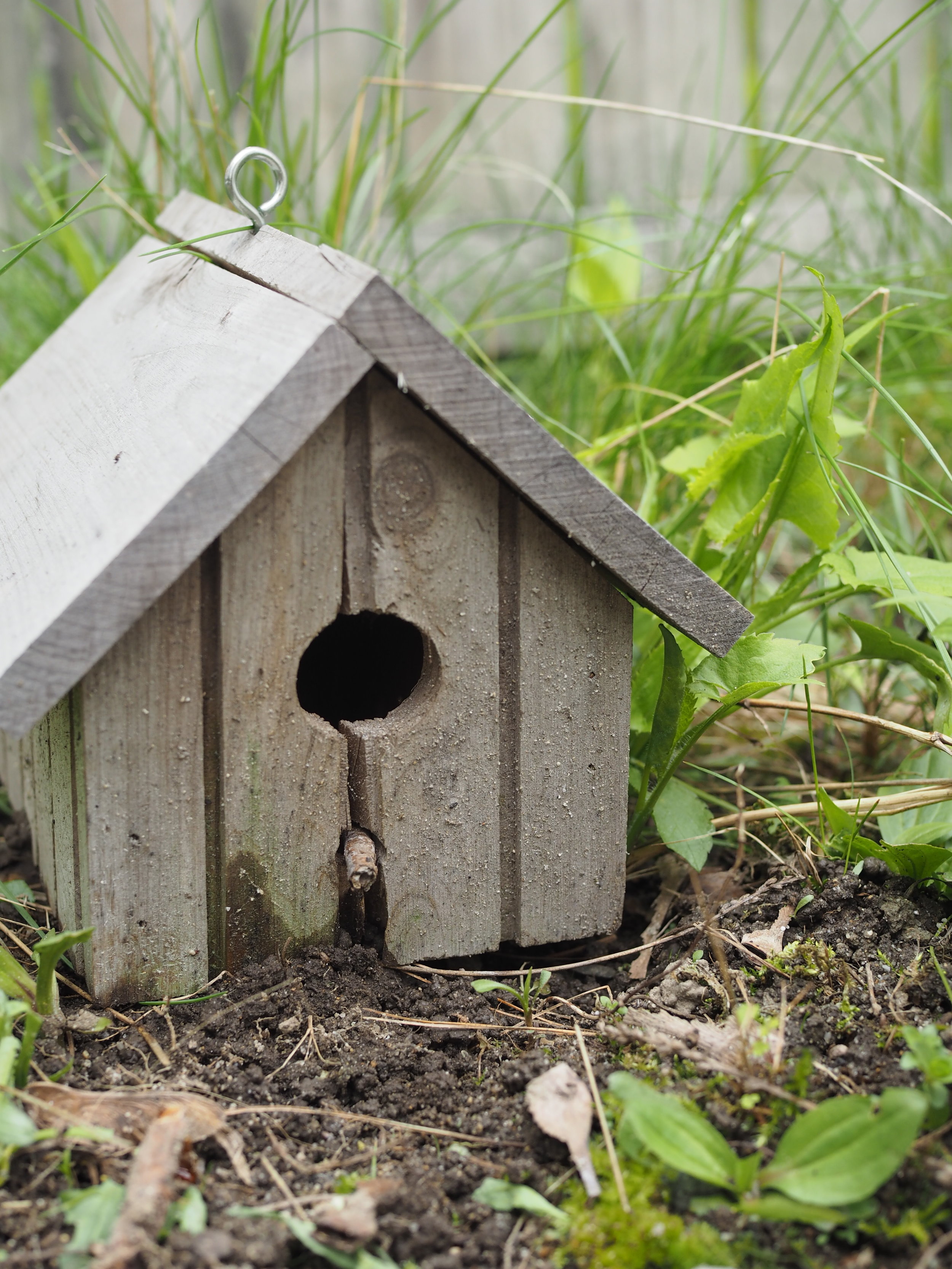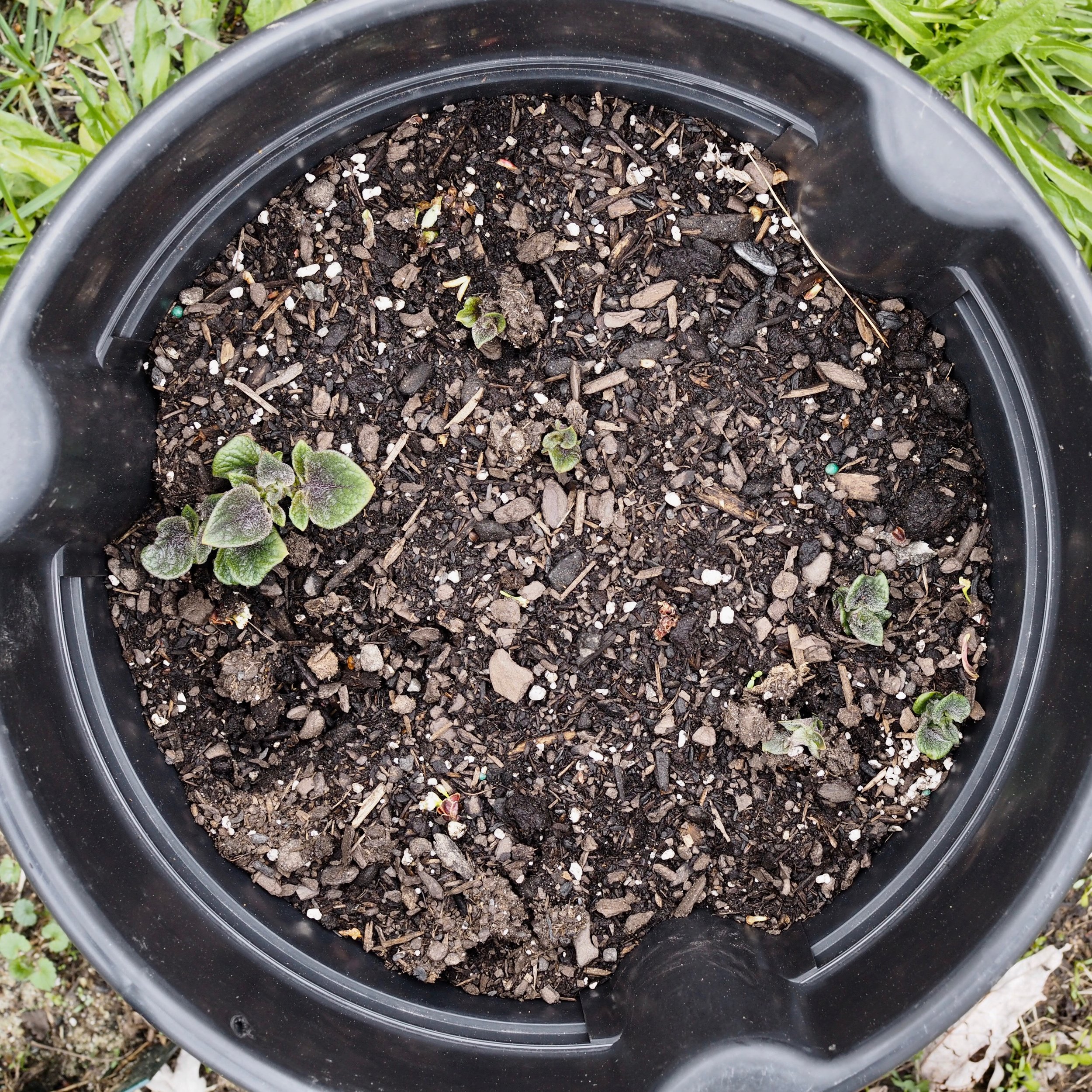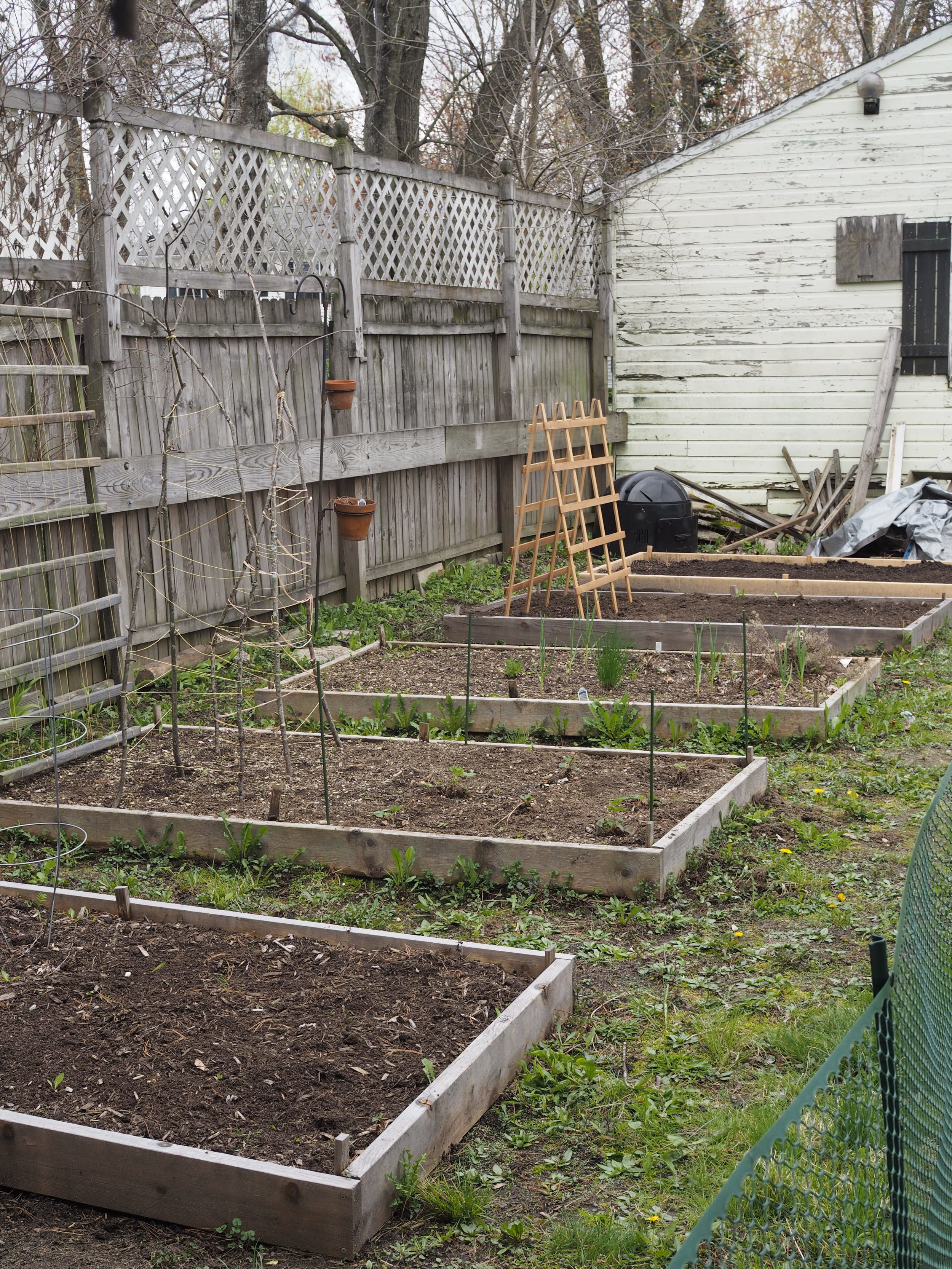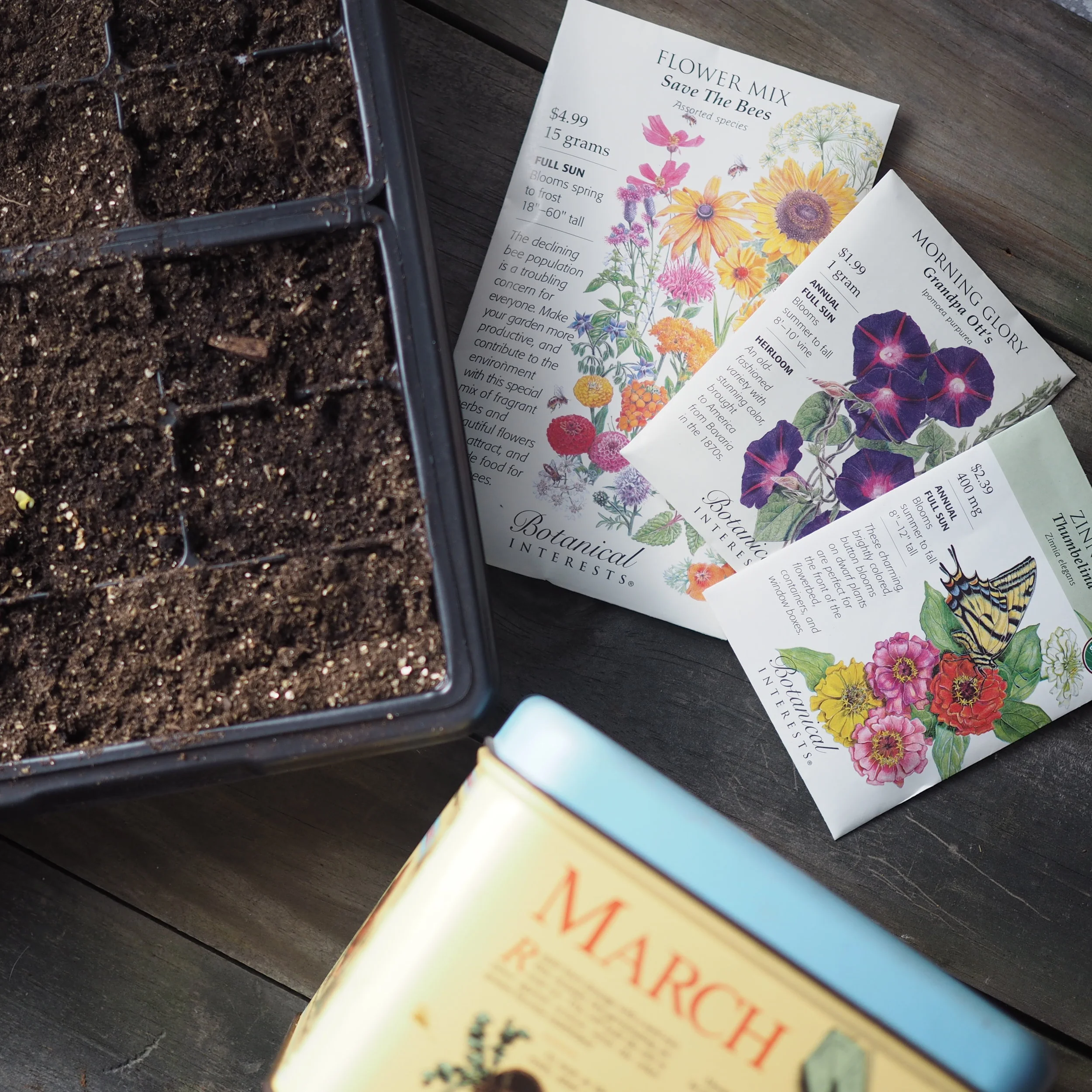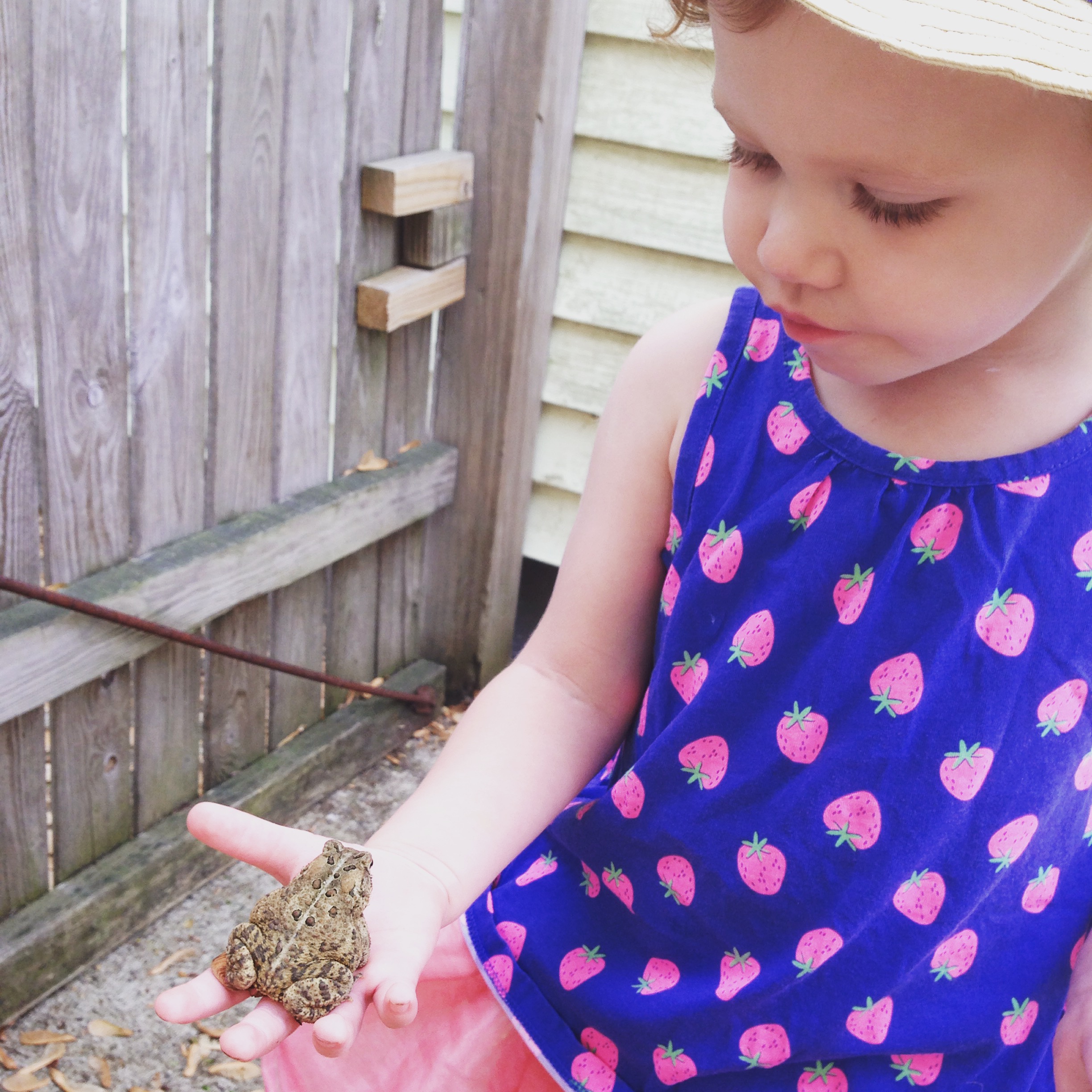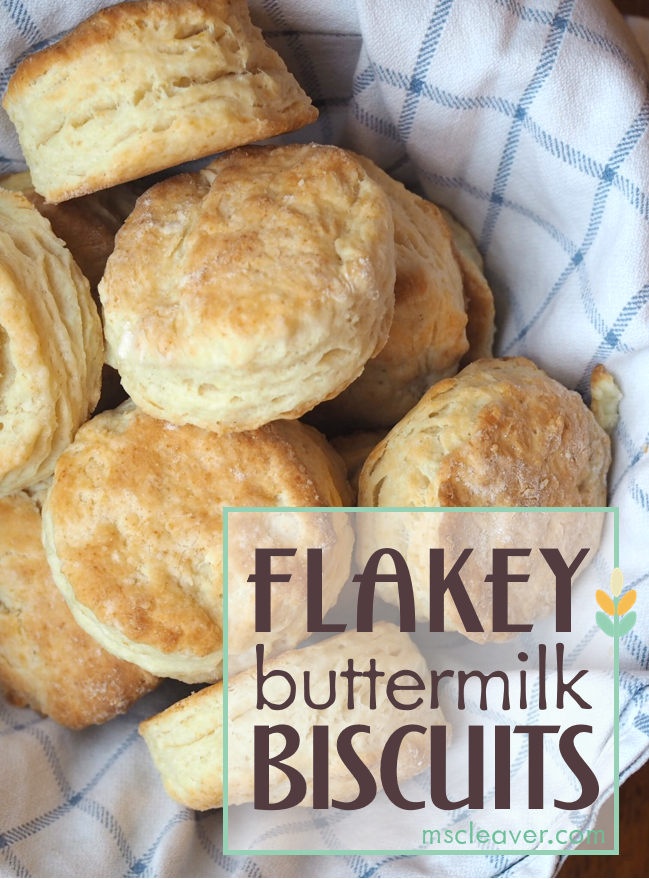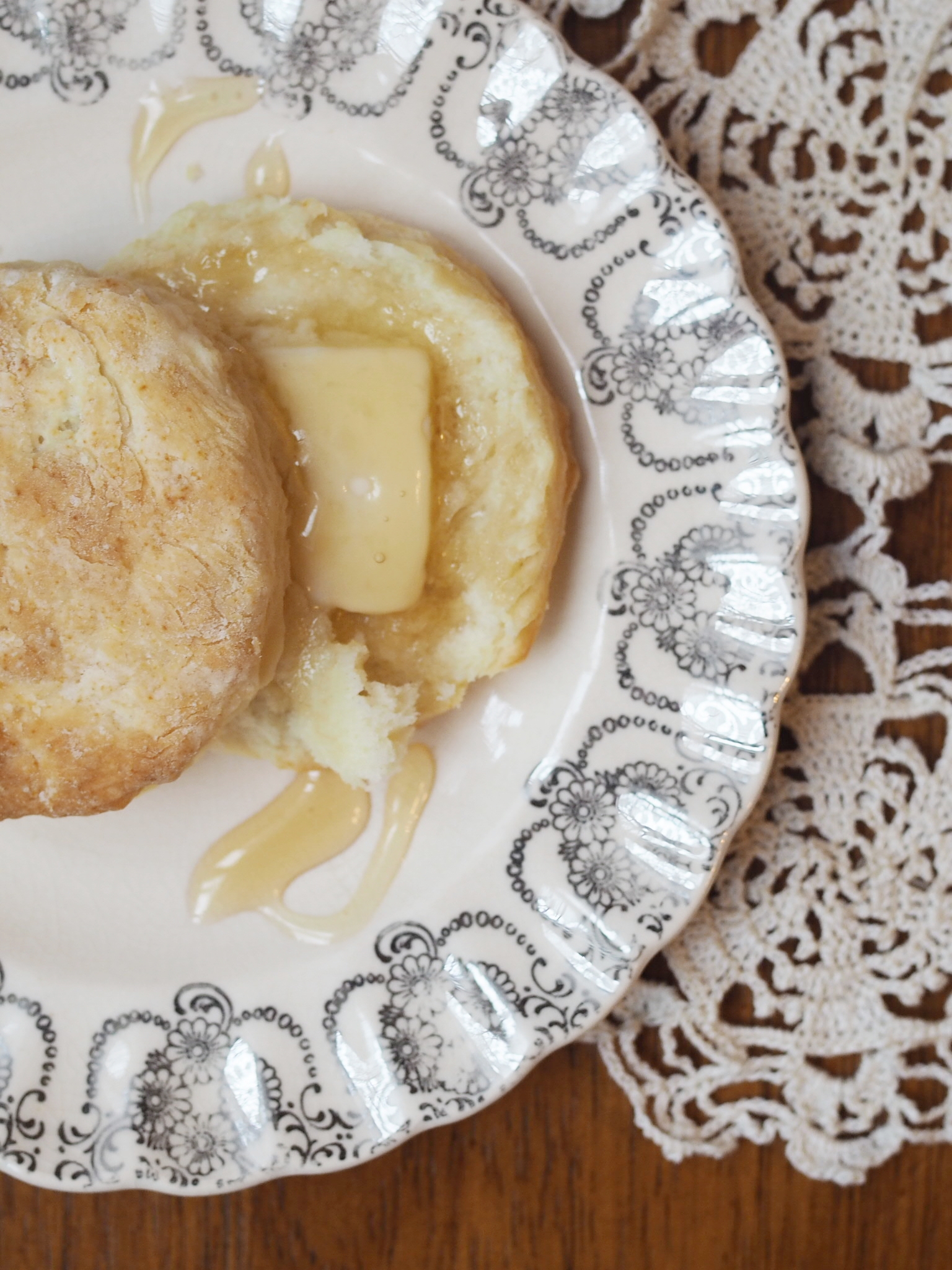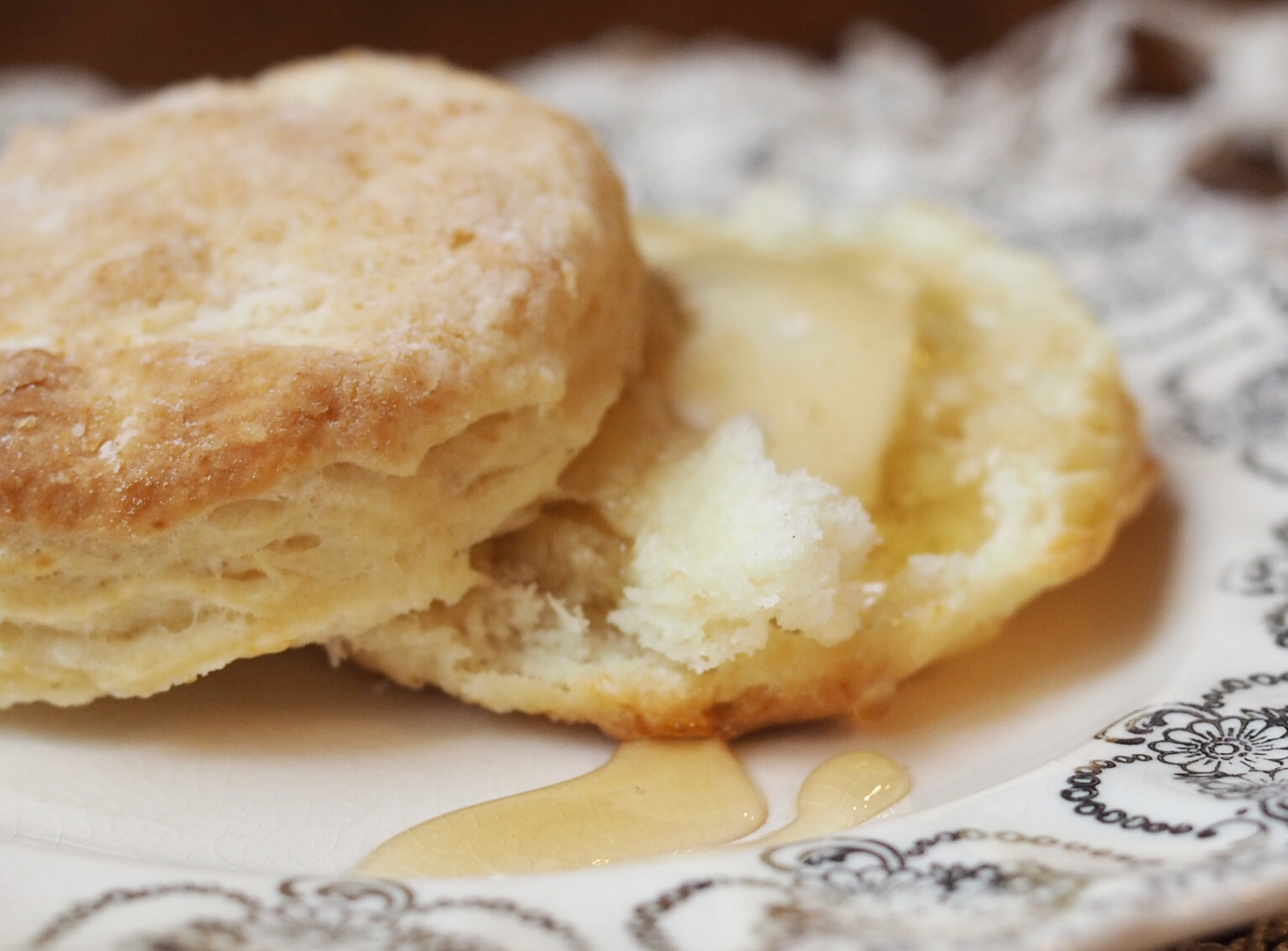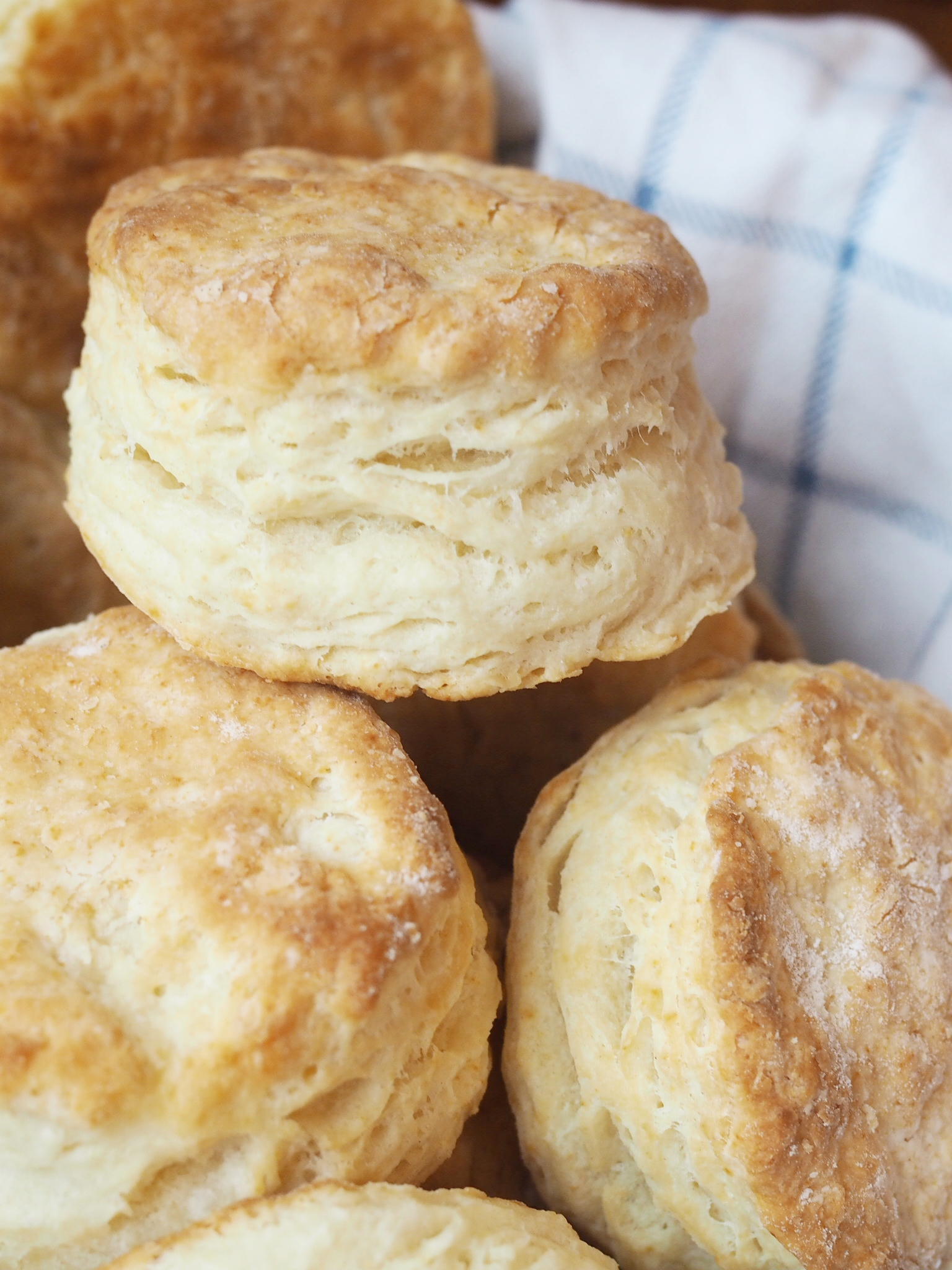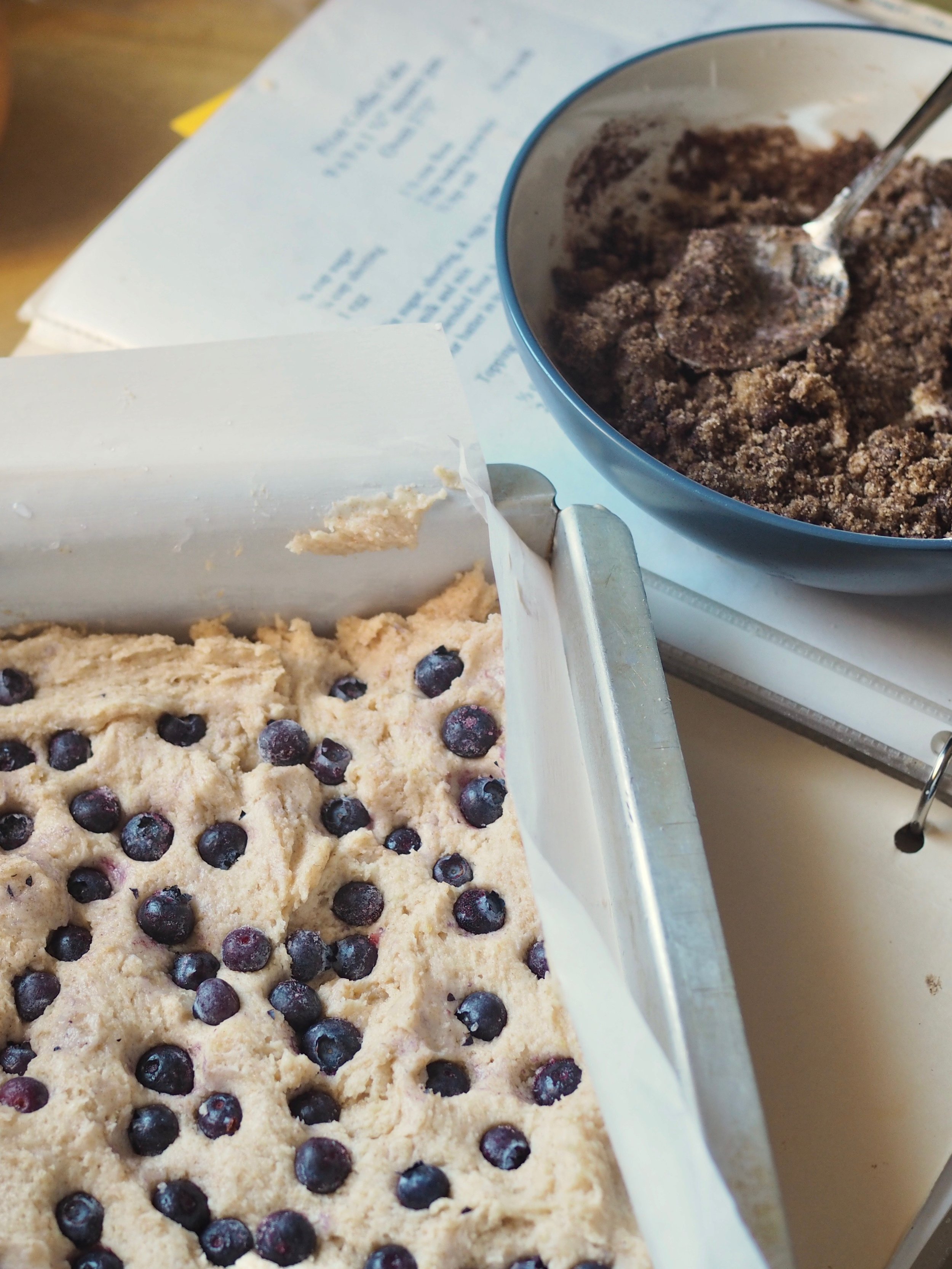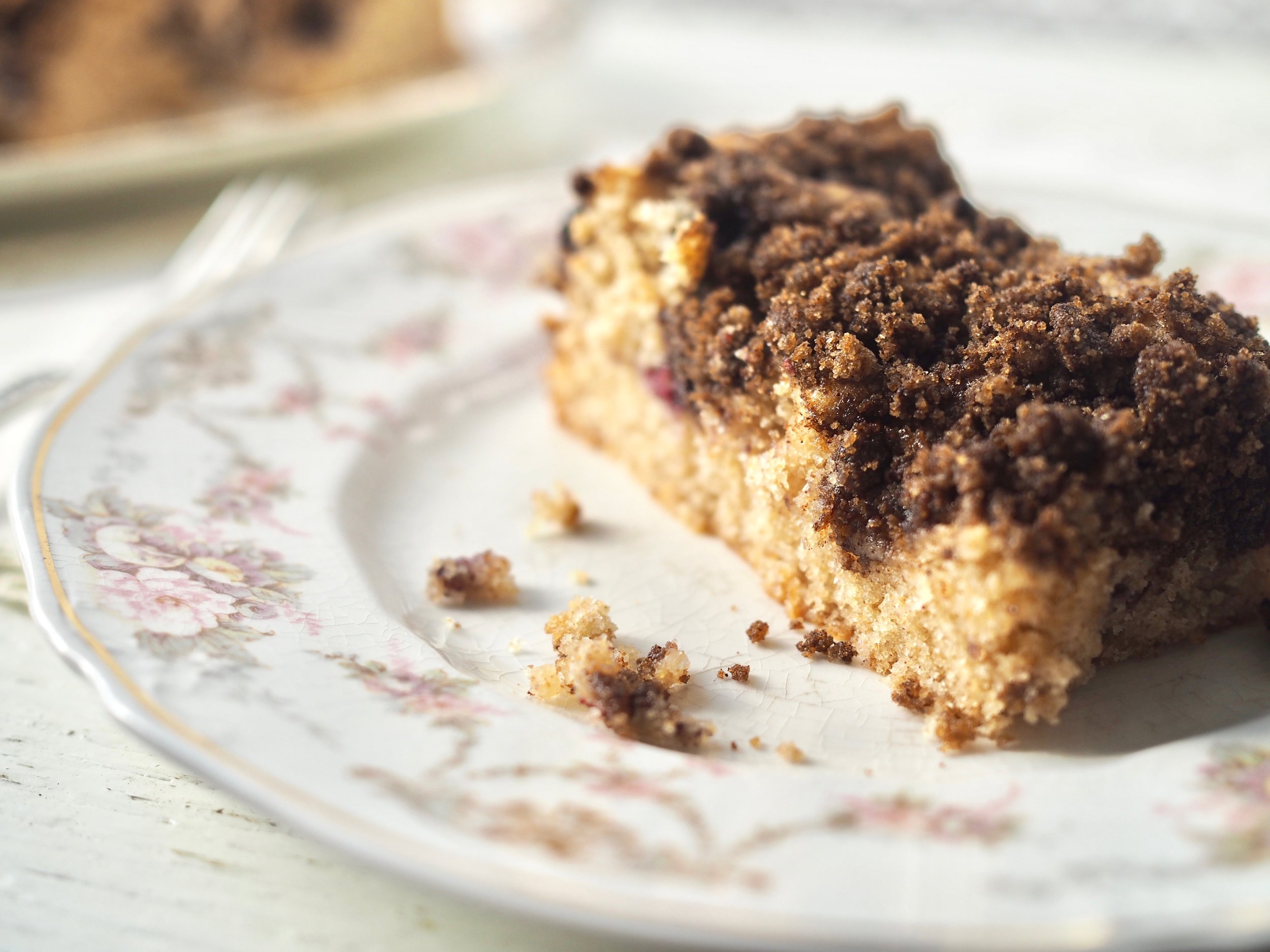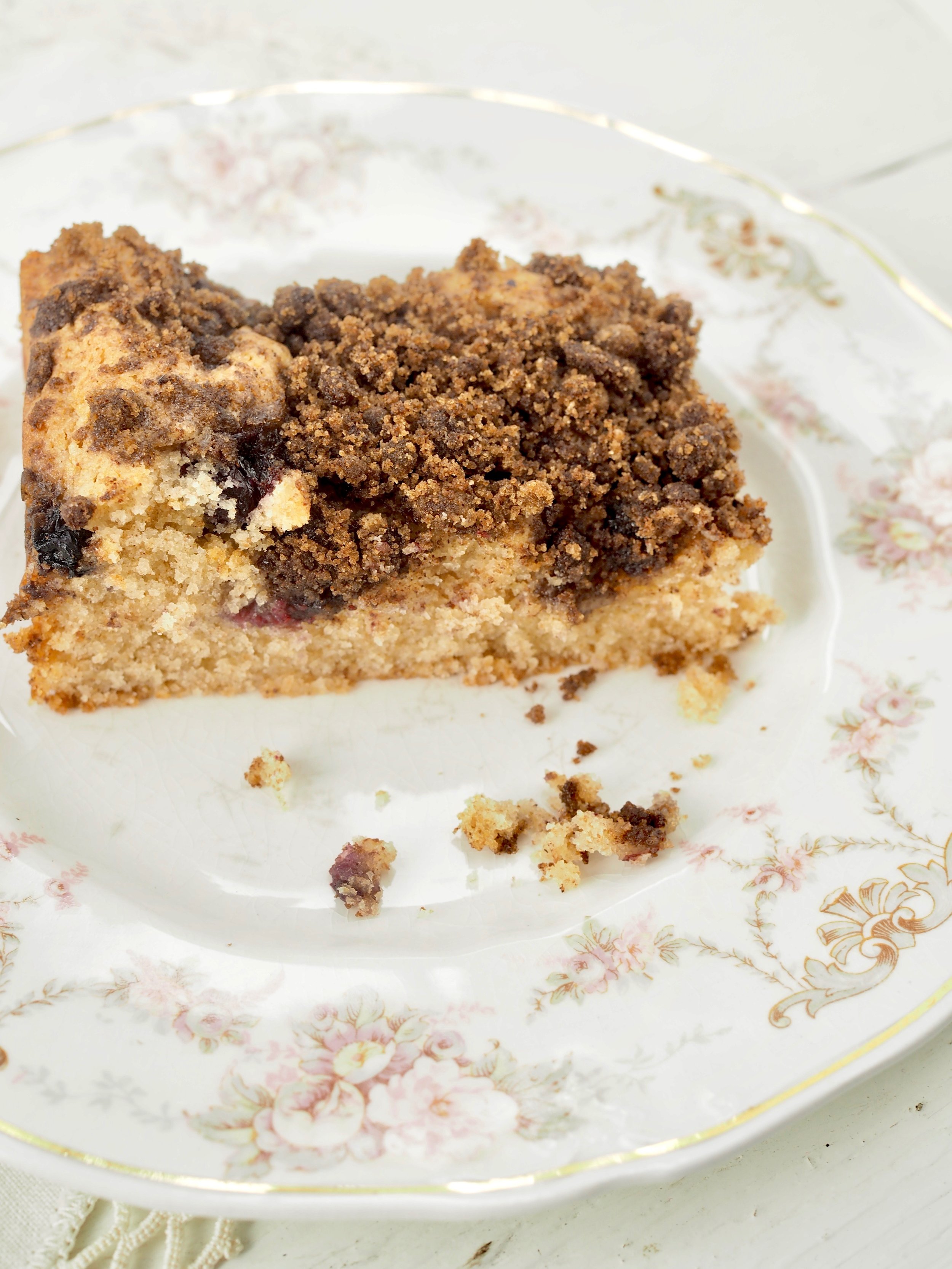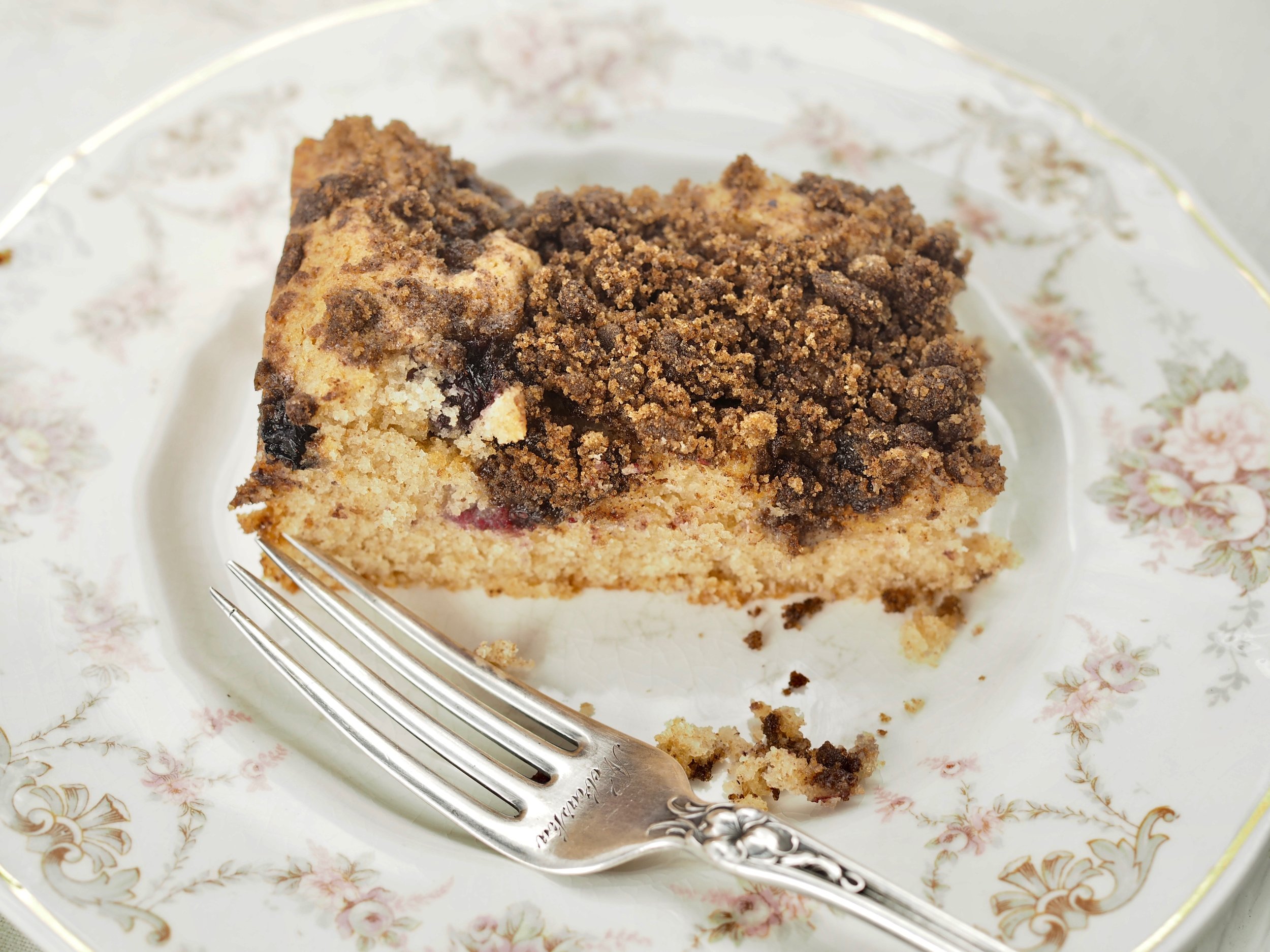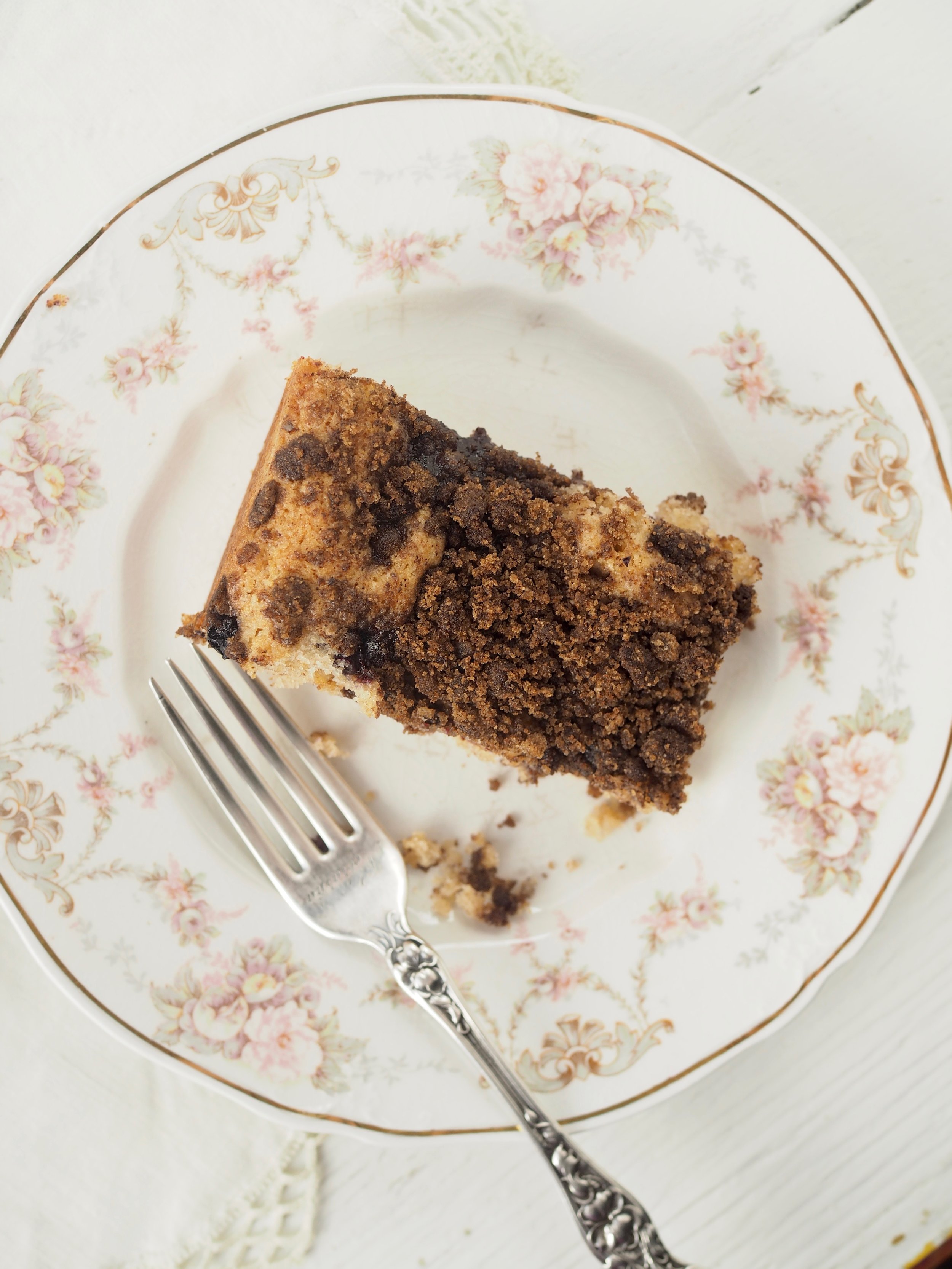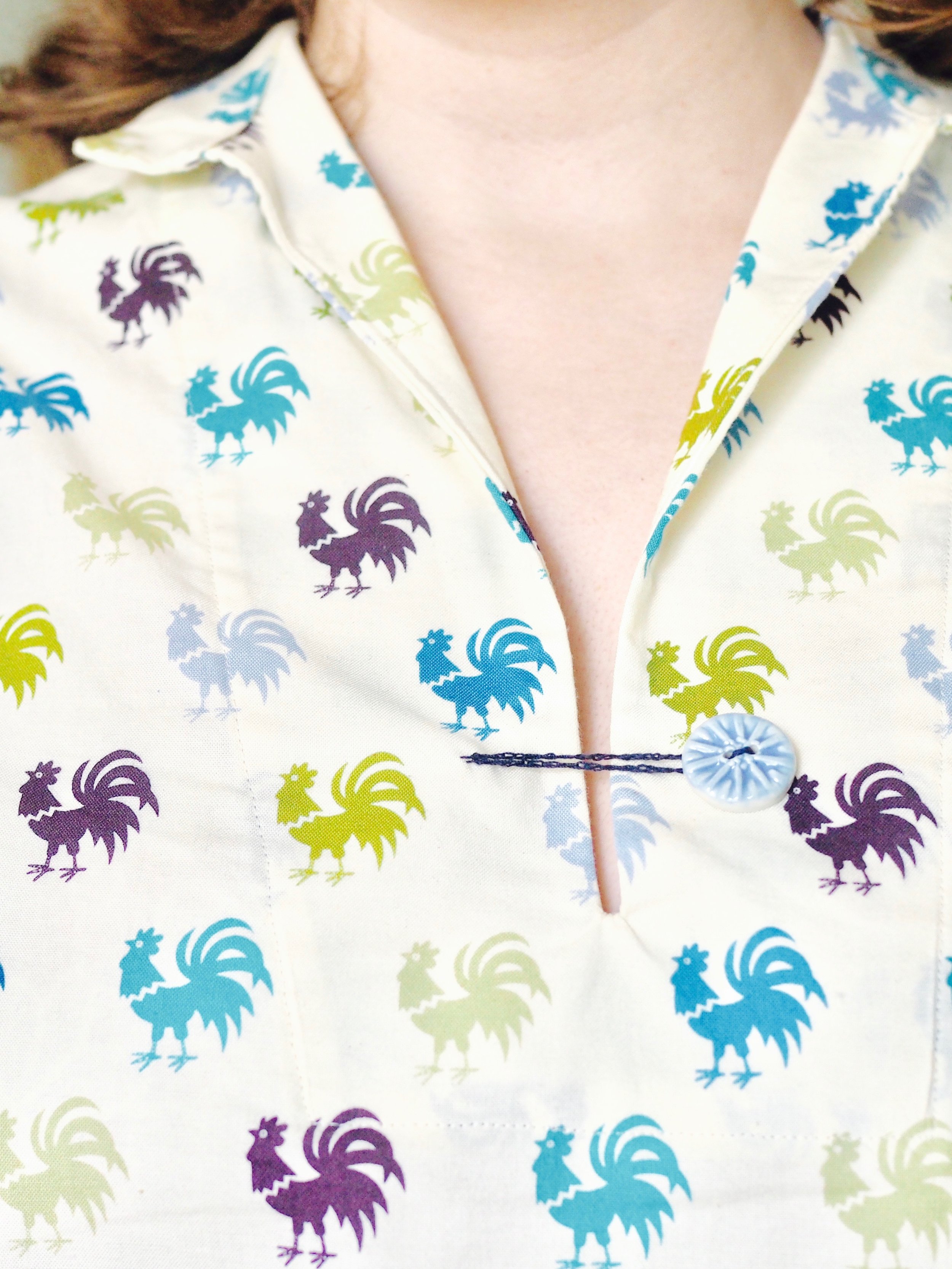As a child, I dreamed of summer storms.
Growing up in northern California, my summers consisted of soaking my swimsuit in the sprinkler and rushing to the driveway to leave an ephemeral body print on the concrete; of running barefoot across the hot asphalt to my friend’s house and trying not to burn my feet; of the dark towels my mother put over the windows in the daytime to keep out the heat.
I wanted my summers to be cooler, wetter. I longed for days that passed like a Country Time Lemonade commercial: afternoons spent floating in an old tire inner tube down a lazy river, swinging from a rope into the old swimmin’ hole, taking laps to the dock in the middle of the lake, numerous bodies of water inexplicably available to the same child in a 30-second spot.
I thought a summer storm would be the perfect antidote to the dry California heat, a backyard sprinkler writ large. I imagined I’d see the clouds building up, pull on my one-piece and hurry outside to dance in the warm droplets falling gently from the sky. Summer perfection wrapped up in a single moment.
Later, in my twenties, when I lived in Chicago, I learned that the reality of summer storms could be a very different thing. Chicago summers were hot and sticky. I slept on a futon mattress on the floor of a studio apartment in Hyde Park, a fan positioned on either side of my bed, hoping for a respite from the heat. The storms I wished for a child would come frequently, but no gentle sprinkle, these; instead, soaking torrents of water, best avoided, but quickly gone.
My second summer in Chicago, my husband and I had relocated to the north side of the city. I’d walk the blocks of my neighborhood on summer nights, the sticky nights made more bearable by the cool lakeside breeze. Our apartment was just blocks from Lake Michigan, and though we visited the shores often, I only swam in its waters twice. My first swim in that wide body of water was on a hot day, the water sufficiently warm, and the feel of lake-bottom plants and tiny fish against my legs a constant reminder that this was no tile-lined pool.
My second swim was on an equally hot day, but the water shocked me with it chill. I paid no attention to the flora and fauna as the icy water stung like daggers and made my toes go numb. I wrapped myself in a towel and we rushed home to change. By the time we reached the apartment, a tornado warning had come in and we watched as the clouds folded in on top of themselves, faster and faster, building up into a dense grey wall on the horizon. My hair still damp from the lake, we sat in the windowless lobby of our building and waited the storm out – the menacing clouds giving us thunder and hail and rain.
As a child, it seemed silly that summer only truly started June 21st. School had been released weeks before and the season of short-sleeves and flip-flops had been in swing well before that. In Chicago, the march of time was marked by the swing from biting cold winds to sweltering humidity. Even so, I didn’t really understand the seasons until I moved to Maine.
Not spring, summer, winter, fall. We had all of those, even in California.
But the 16-day window of Lupine Season, when the highways burst forth in spires of purple and blue and pink, or the two weeks when the strawberries are available for picking, its arrival watched for and counted in pint baskets at the farmer’s market. There is the weekend in July when the window air-conditioning units go in and month-long debate in September on when to take them out. Each week in June, July, and August seeming to be a short-lived season of its own.
Perhaps it is because I no longer live in a land of continuous produce, or because I am a gardener now, that so much of the summer is measured in food – not the dwindling canisters of powdered lemonade of my childhood or the cheap takeout of my twenties, but rather, in limited runs of fiddleheads and sugar-snap peas, of strawberries, then raspberries, then blueberries, to finally end in the bags of apples that are picked in that time between the seasons that can be alternately cold or sweltering hot.
The brevity of these seasons brings a different rhythm to my Maine summers, a sense of urgency and a need to take advantage of everything at its peak that I had never felt before. In this environment, the dozen or so summer storms take on a different role, offering a break from activity. They are not an invitation to play, nor to hide, but to simply be.
In the winter, the Nor’easter asks us to stay inside and enjoy the quiet; in the summer, the rains do the same. The storms are a chance to lay in bed and hear the raindrops ping against the top of that window air-conditioning unit, drumming out a steady tattoo that seems to say “Be still, be still, be still.”
As child, summer storms were illusive, illusionary things; in Chicago, they were wild and sometimes terrifying. Now, as an adult, they are a respite. After a stretch of hot sunny days, the plants in my garden welcome the rain. I follow their lead, raise my face to the heavens, and drink it in.
.............................
The Summer Rain shawl, inspired by my longing for those summer storms and the peace they now bring can be found in the latest issue of Taproot Magazine: GROW. They also carry kits for the pattern, which uses 2 skeins of Milo by Manos Del Uruguay, a gorgeous merino & linen blend with amazing drape that is truly one of my favorite yarns on the market right now. The issue is available on newstands and online now and you can queue up the project on Ravelry.


